Arriving in Shiraz, we took a day or two to catch our breath, not doing a huge amount of exploring – after a while, just being on the road takes it out of you! We had a wander through the twisting corridors of the local bazaar, wondering how much longer this traditional style of shopping would last before transitioning to western-style enormous malls.
One of the many names for Shiraz is “the city of nightingales” – many of the local shops have one or more of the melodious birds caged above their threshold, allowing pedestrians to hear beautiful birdsong nearly everywhere they go.
While wandering, we came across a traditional-style medressa that was still in use – complete with graffiti depicting the Ayatollah Khamenei.
The biggest religious attraction in Shiraz is the mosque surrounding the shrine of one of Imam Reza’s 17 brothers, Sayyed Mir Ahmad – martyred near here in the early days of the spread of Islam, in the 8th Century. It’s in much the same style as the blue-tiled mosques through Central Asia, but with continuous development and improvement through to the present day – it’s still the biggest working mosque in the city.
The modern interiors in particular sparkle, with thousands upon thousands of hand-cut mirror mosaic tiles providing a spectacle for the eyes.
In the centre of town is the 18th Century Arg-e Karim Khan, a Zand-dynasty castle most notable to one of the four corner towers, which leans precariously due to sunken foundations.
One of Shiraz’s most famous export throughout its more than 4,000 year history is poetry. In the 13th and 14th Century, it was a centre of learning and art in the world, with none of its denizens more famous than Hafez. It’s hard to describe how widespread his influence is in Iran – although he was a poet mostly describing either lush gardens and intoxicating wine and women, or metaphysical questions like love and happiness, he has a status and profile unrivalled by any contemporary pop-star. A popular ritual at his tomb is to take his poetry, pick a page and line at random to read, which acts as sort of fortune-telling.
By pure luck, we happened to walk past a motorcycle shop while wandering the streets, and despite locals not being allowed anything larger than 200cc, they happened to have a correct-sized chain for my bike! What luck. After an hour or two of wrangling to fit it, we hit the road – but instead of taking the main highway back north through the desert, direct to our next destination of Esfahan, we detoured west, through the Zagros Mountains. It turned out to be a great choice, winding along ancient upthrusts of rock, looking far more primal than most of the mountainous terrain we’ve crossed on the trip so far.
One of the major sights along this route belongs to the Sassanian era – 3rd to 4th Century AD, just before the rise of Islam. Shapur the Great, the most important monarch of this dynasty, won several wars against the Roman Empire, including capturing the emperor Valerian and most of his army captive. He used this labour to build a great city, Bishapur, of which little remains, but in a hidden cave in one of the valleys nearby, we’d heard there’s an enormous statue of him – so we hit the road in pursuit. Our first sign that we were getting close was a number of bas-reliefs carved into the cliffs, much like at the Achaemenid tombs near Persepolis.
At the far end of this inconsequential village, the trail leads high up the hillside.
Parking the bikes, we attracted the attention of a young local man, who offered to be our guide.
The way up was tiring, but provided an amazing panorama of the fertile valley, ringed on all sides by sheer cliff faces.
Inside, it seems the seven metre high statue was carved away from a rock pillar. It has suffered some damage over the years, resting on a decidedly unoriginal pair of legs, and missing an arm – but still capable of looming over a visitor.
The rest of the detour through the Zagros Mountains took us another two days, riding along the natural border with Mesopotamia, through lands that supported some of the most ancient civilisations known to man – Assyrians, Elamites, Medians.
At one point a dust devil, a small self-contained tornado, danced across the road in front of us.
After a few nights of camping wild in the ancient wilderness, we were glad to reach Esfahan – and a hot shower!

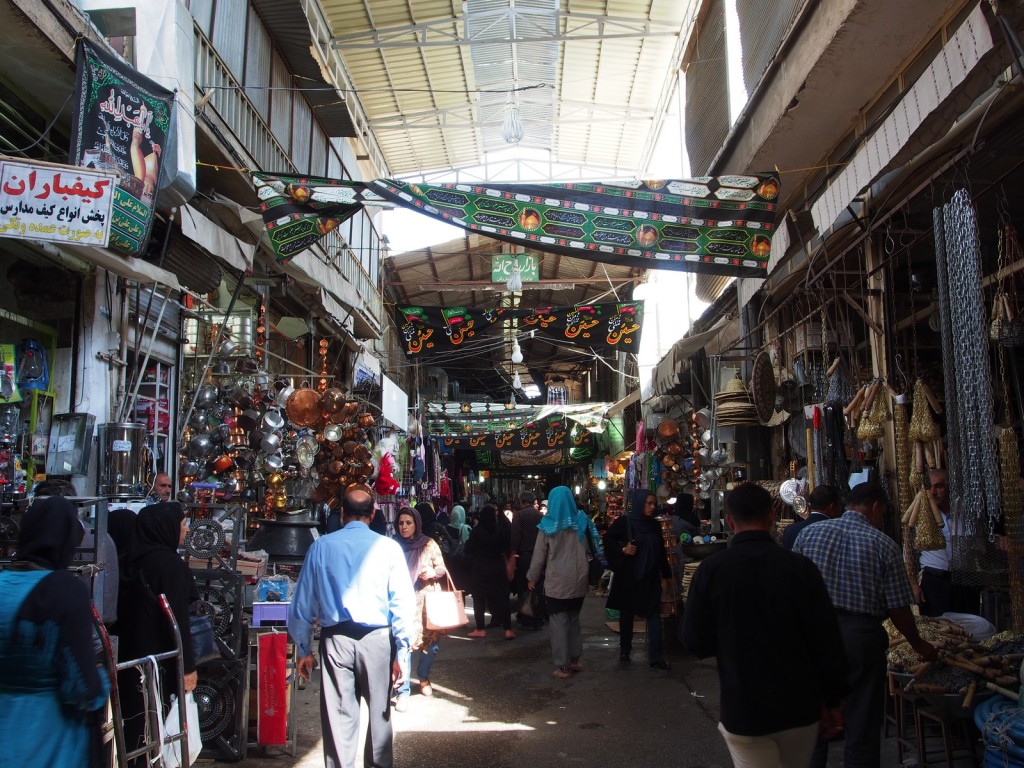
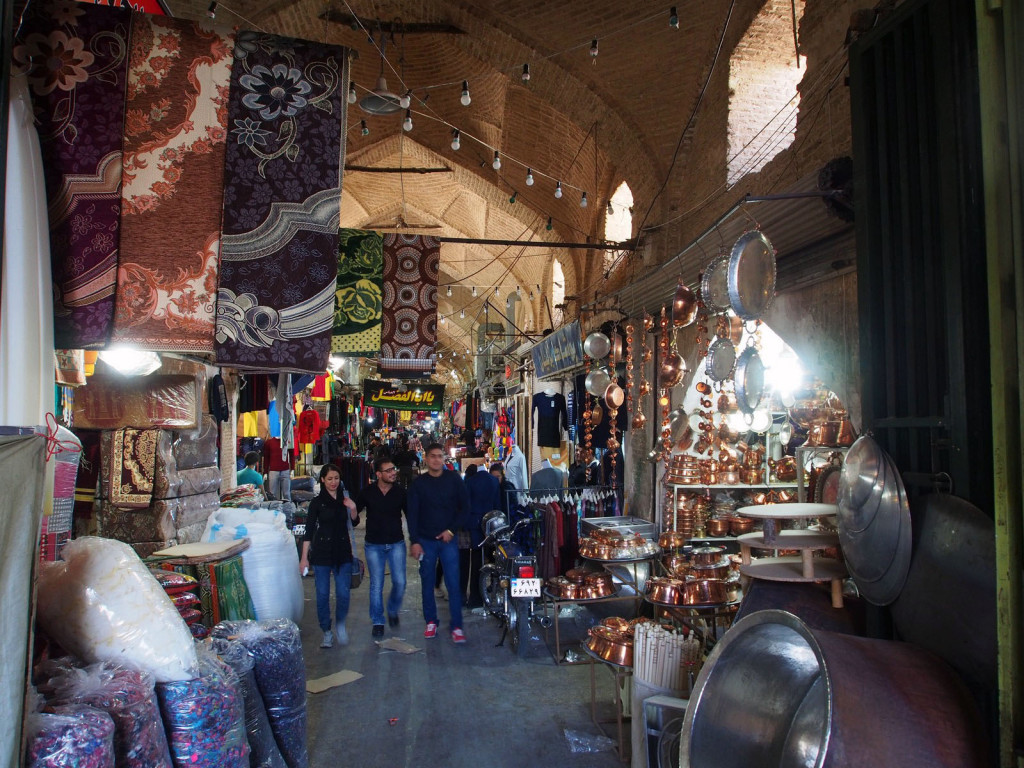
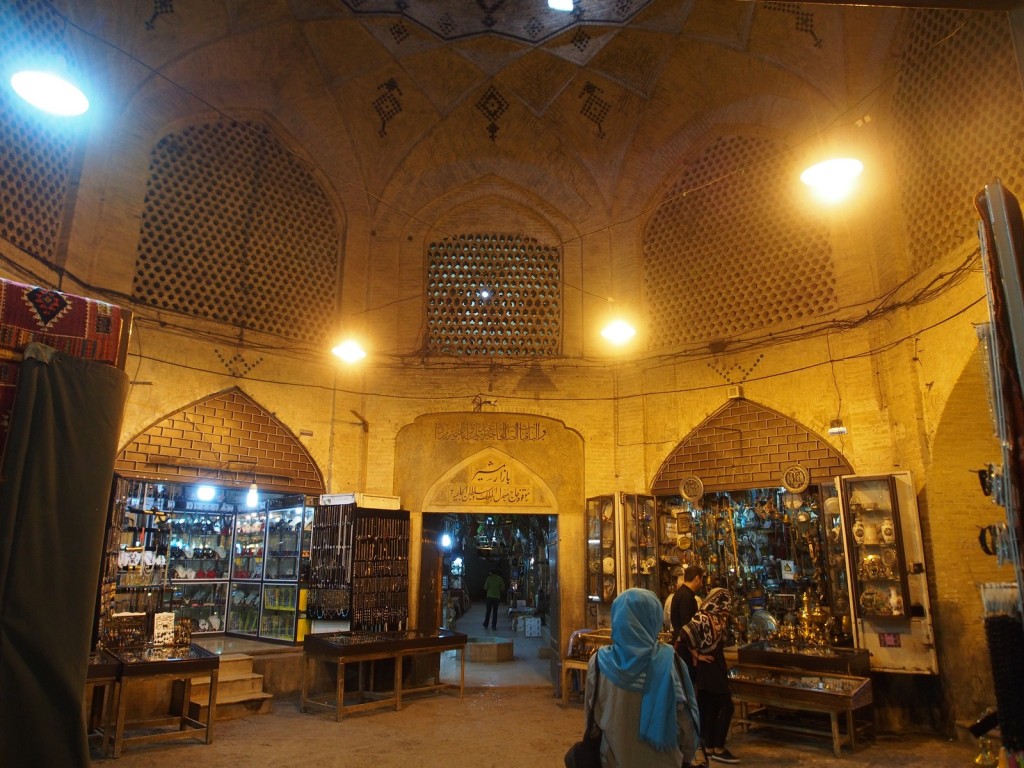
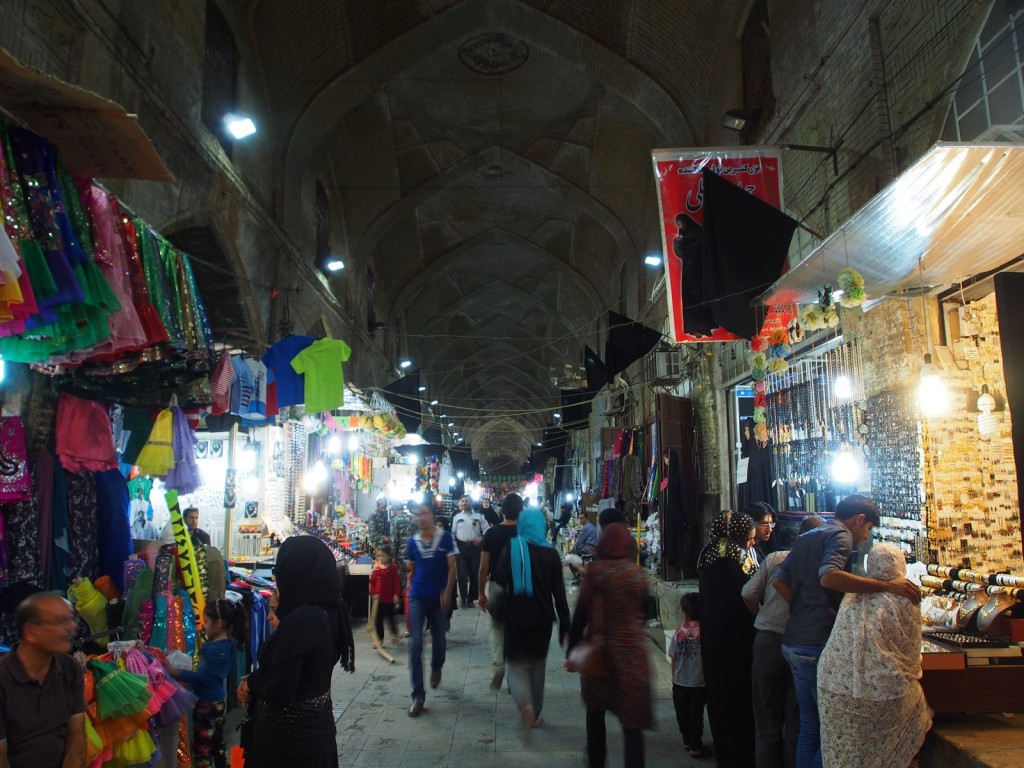
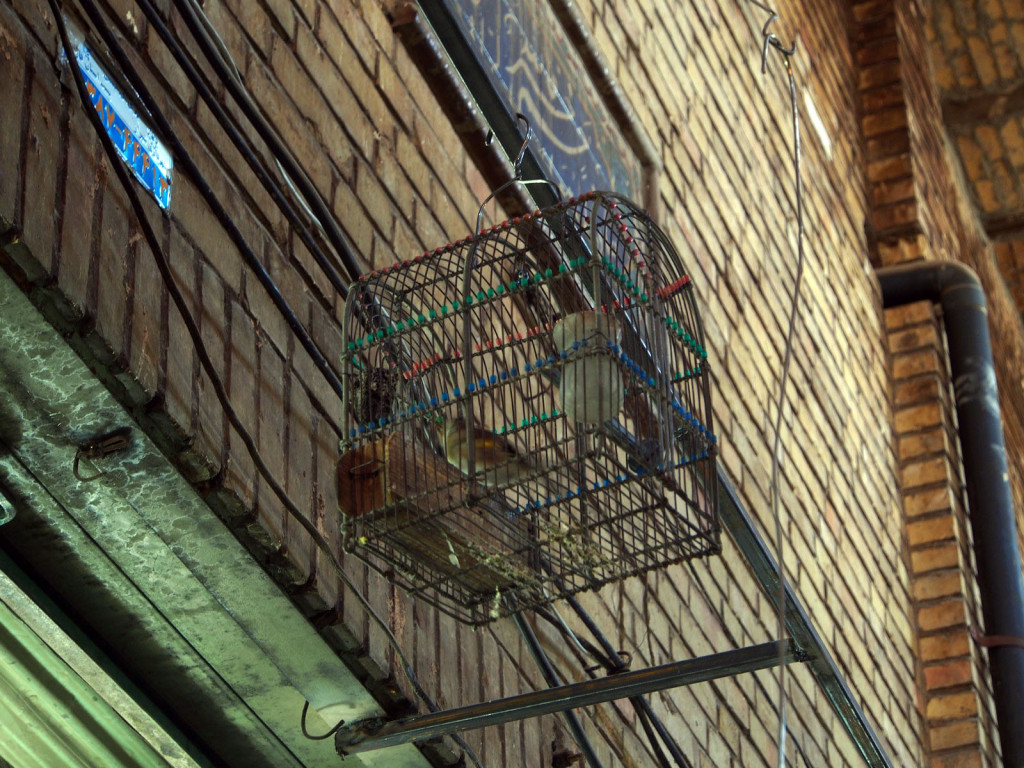
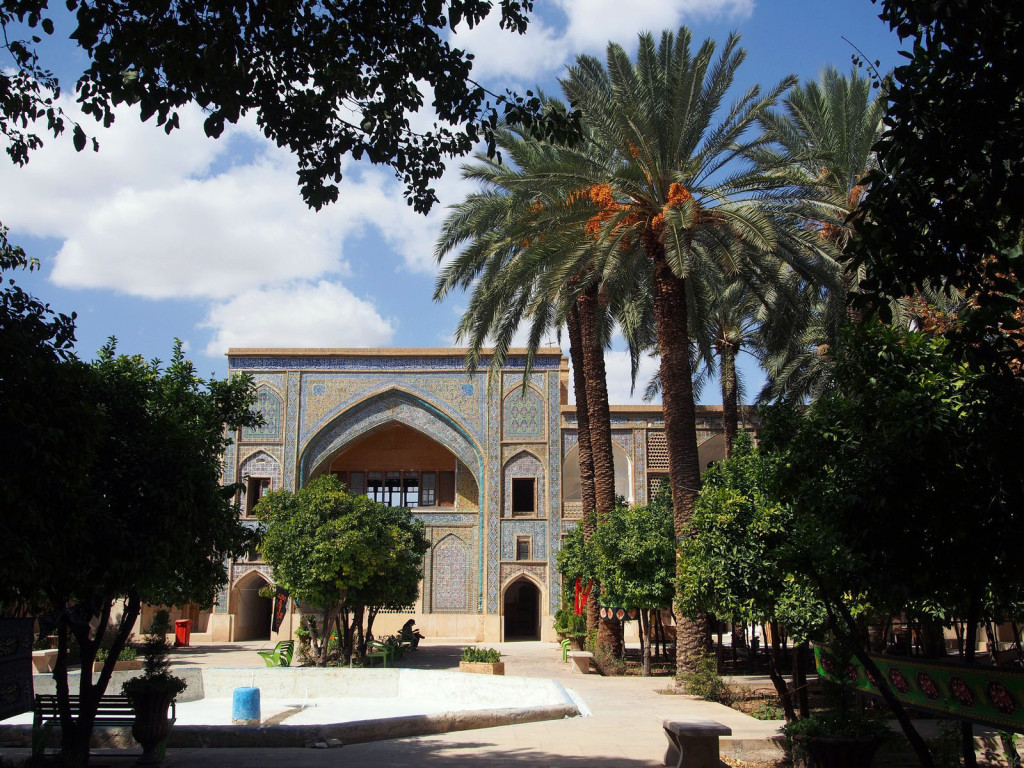
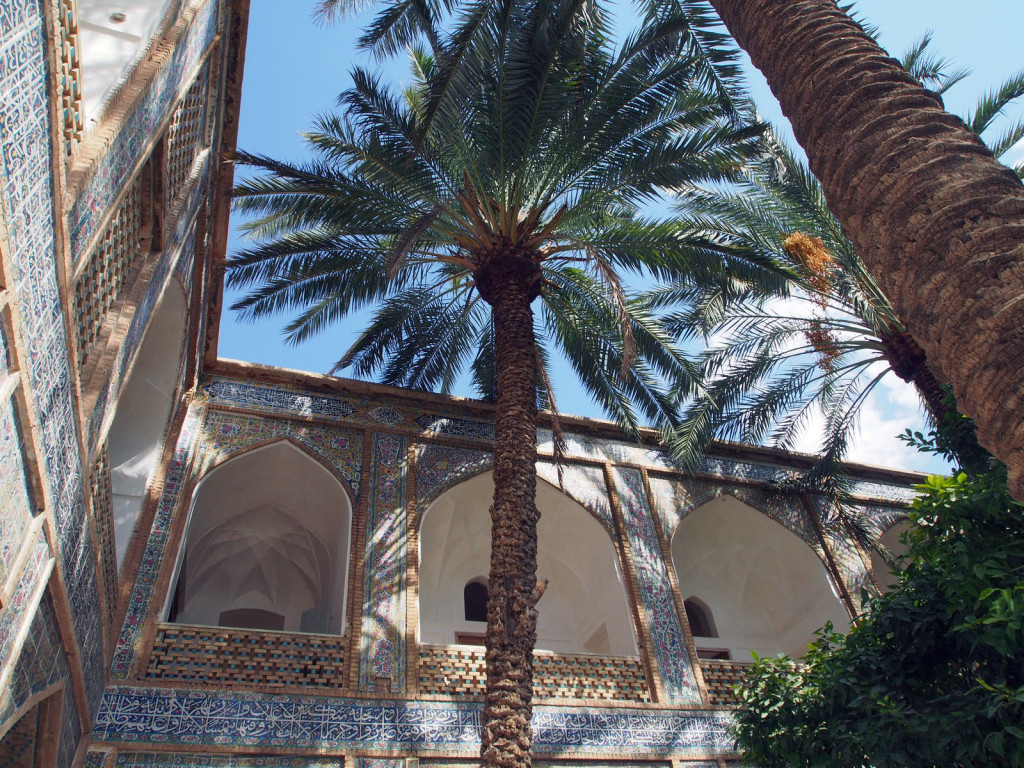
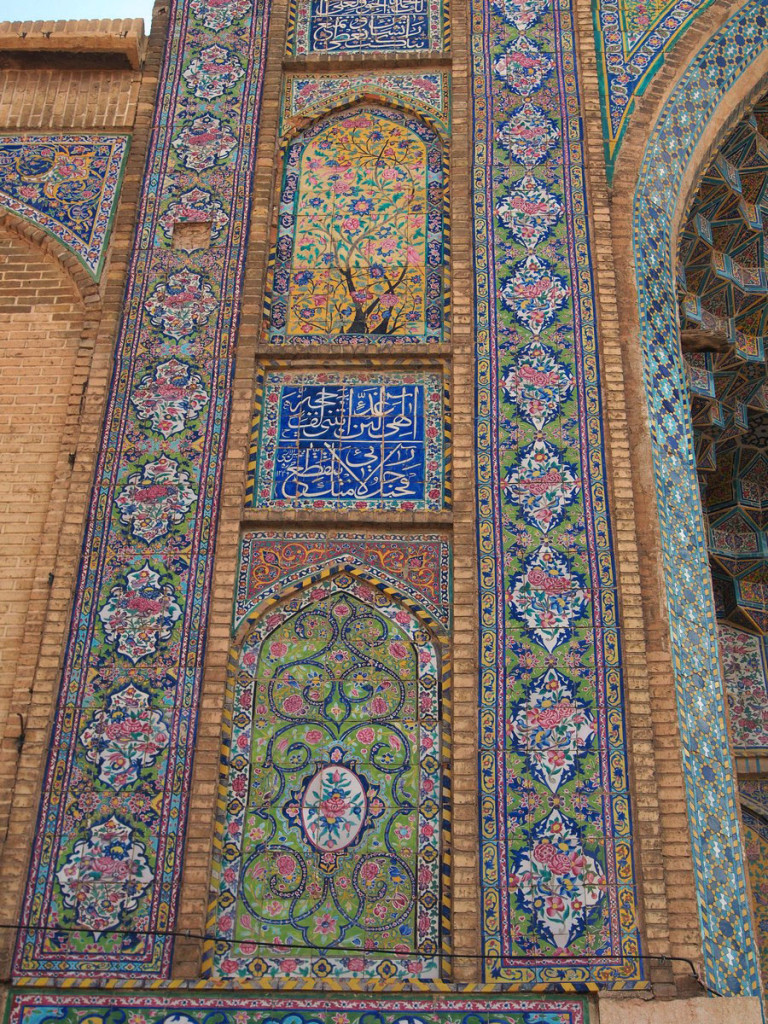
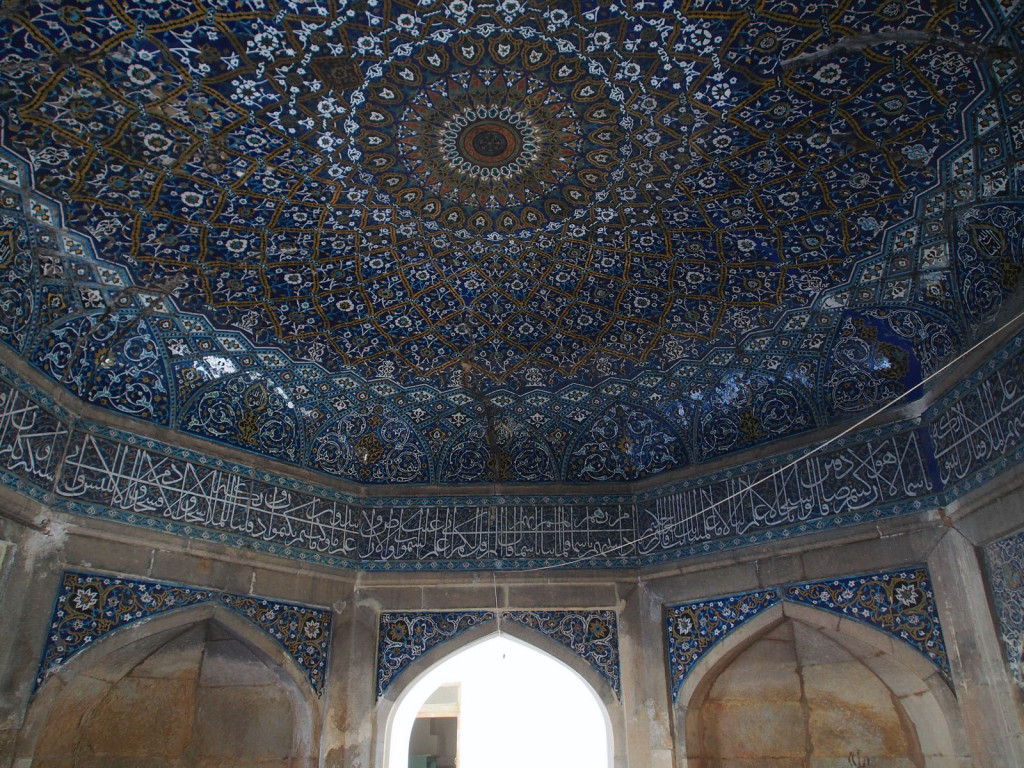
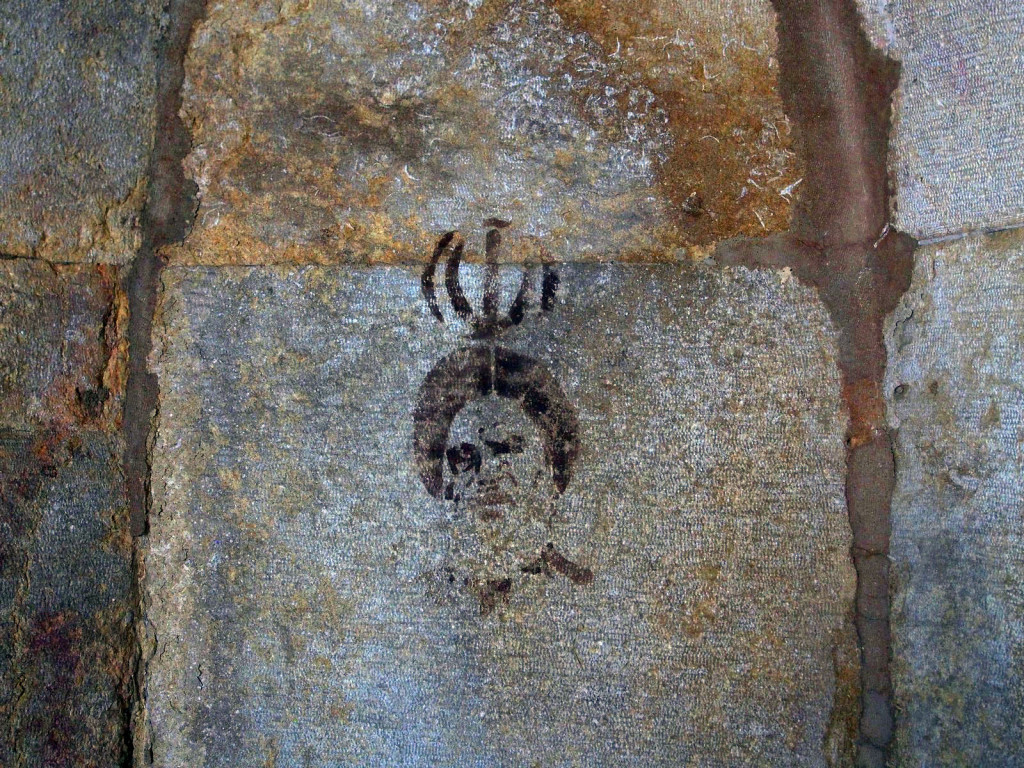
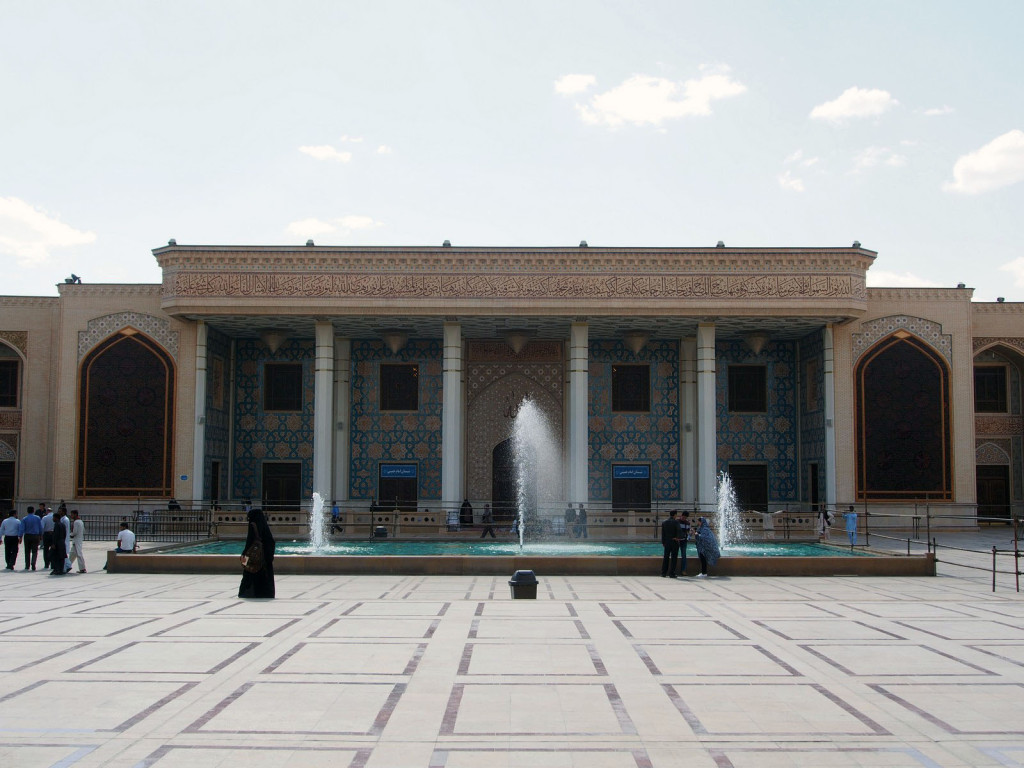
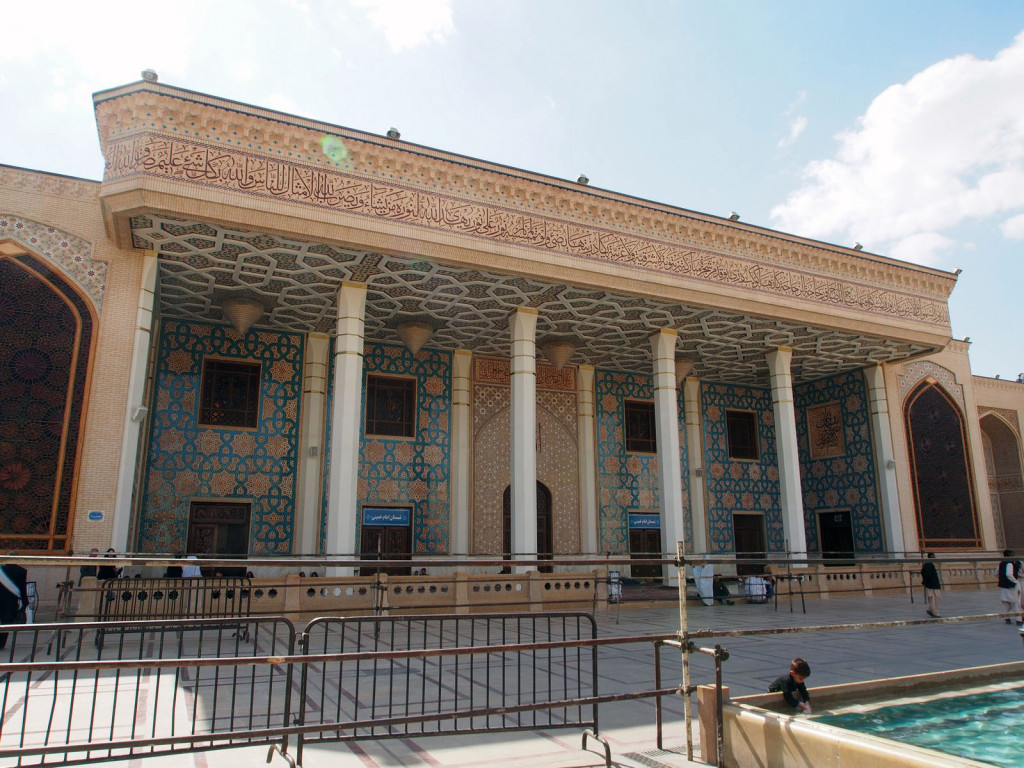
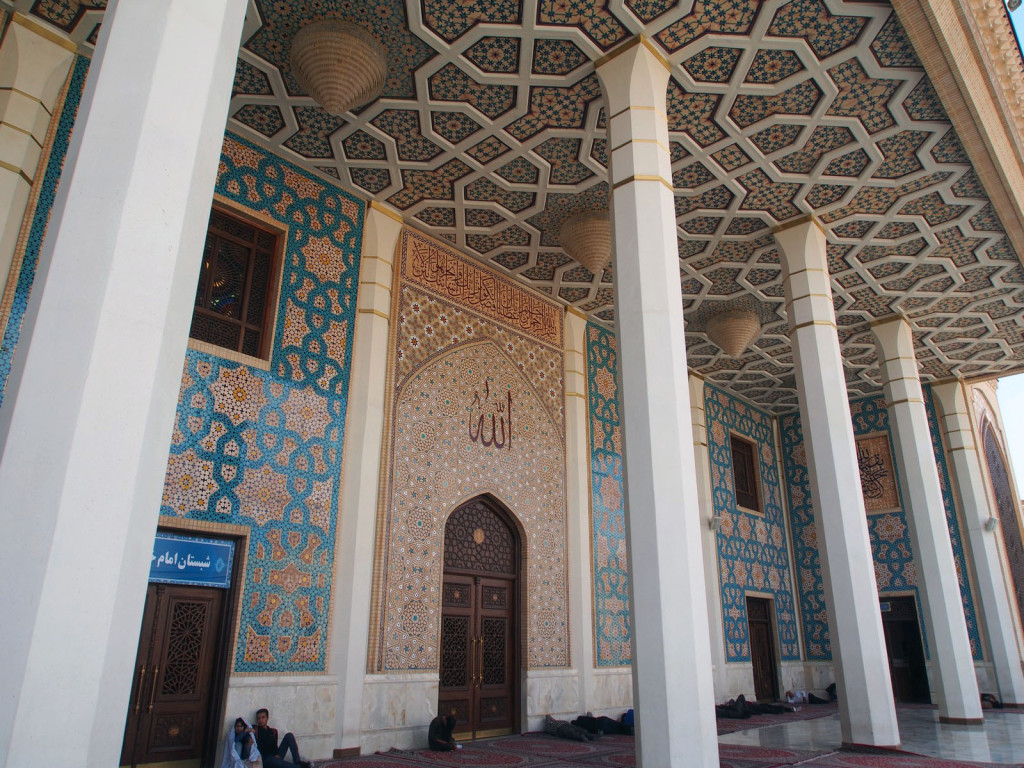
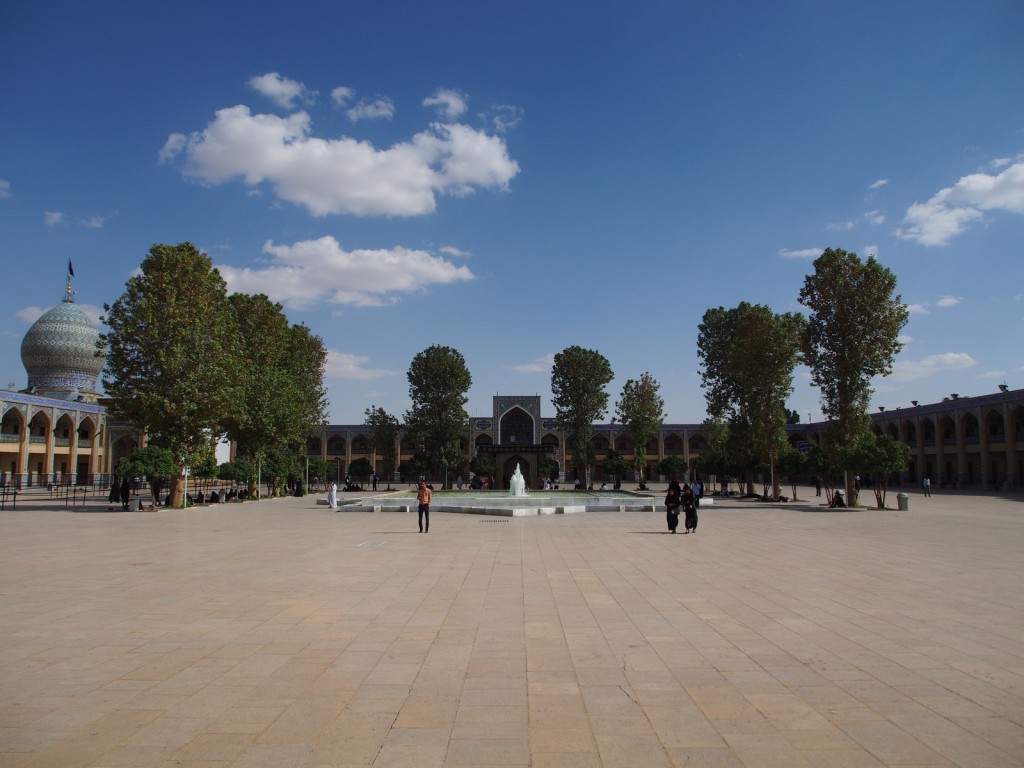
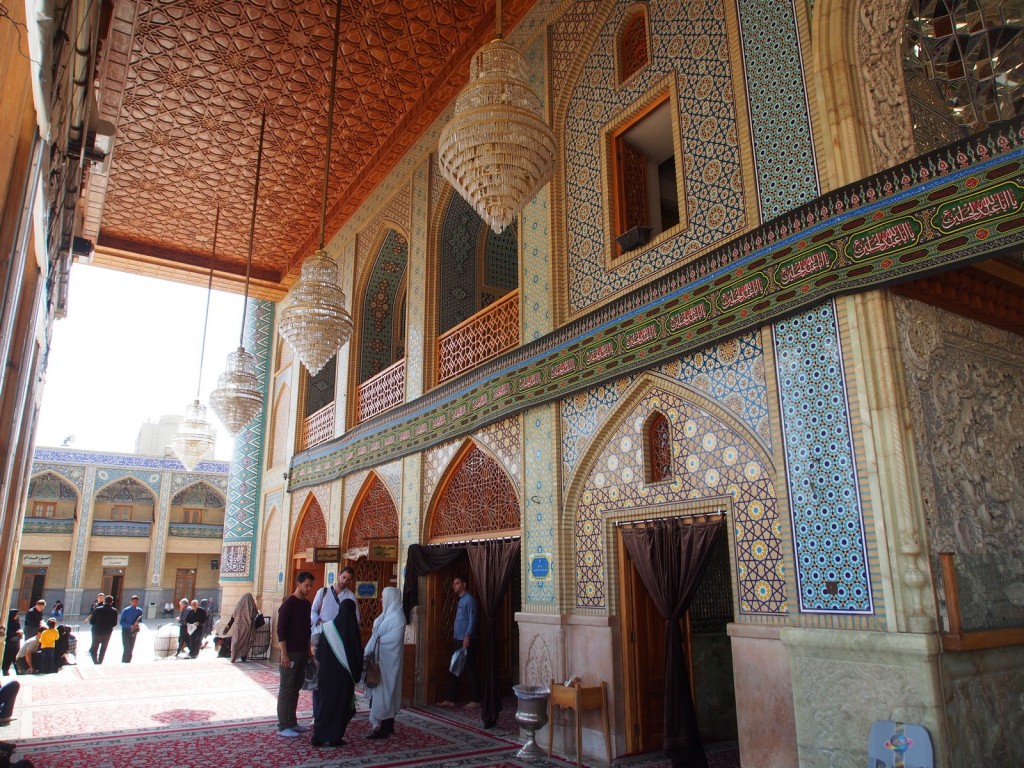
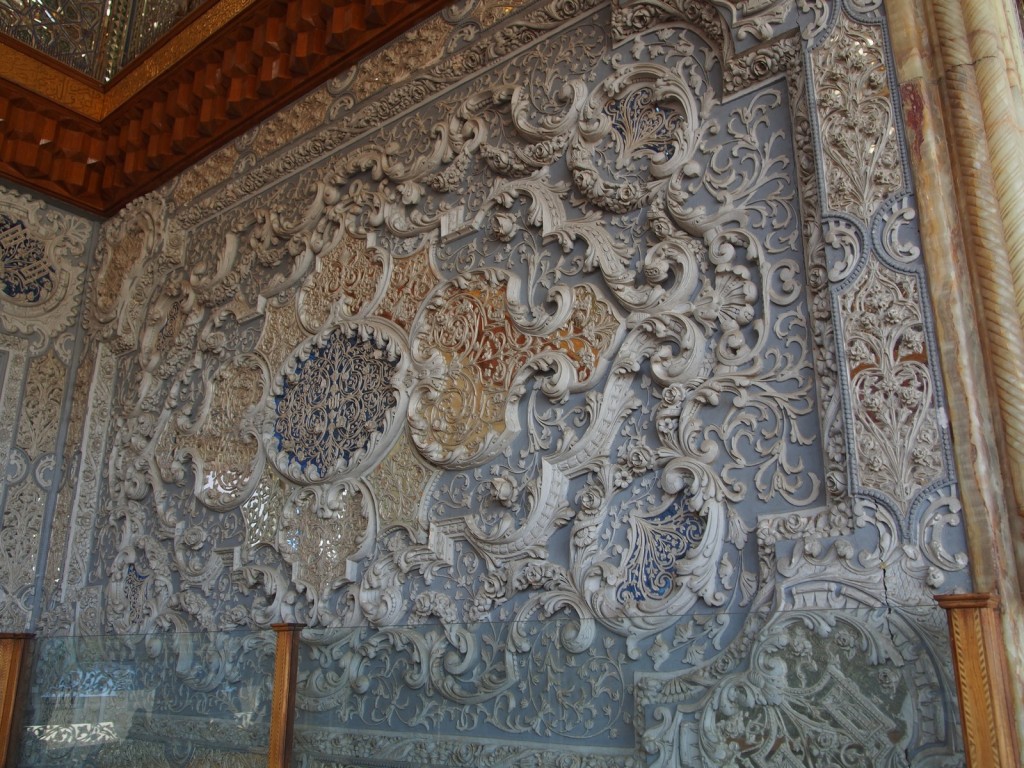
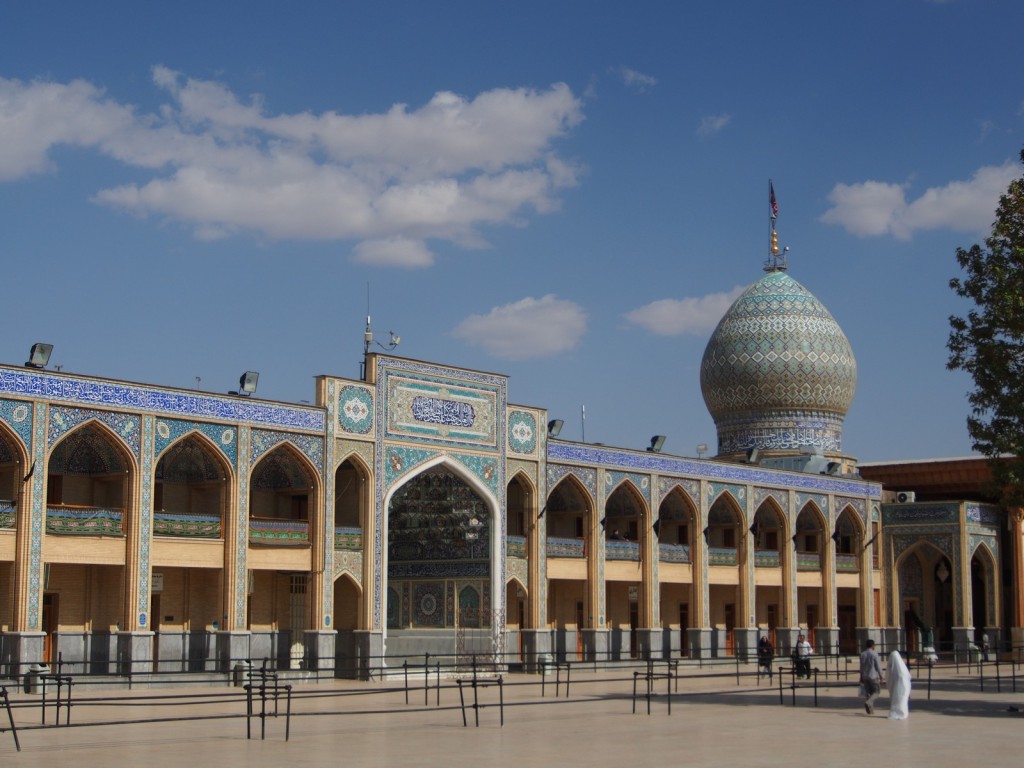
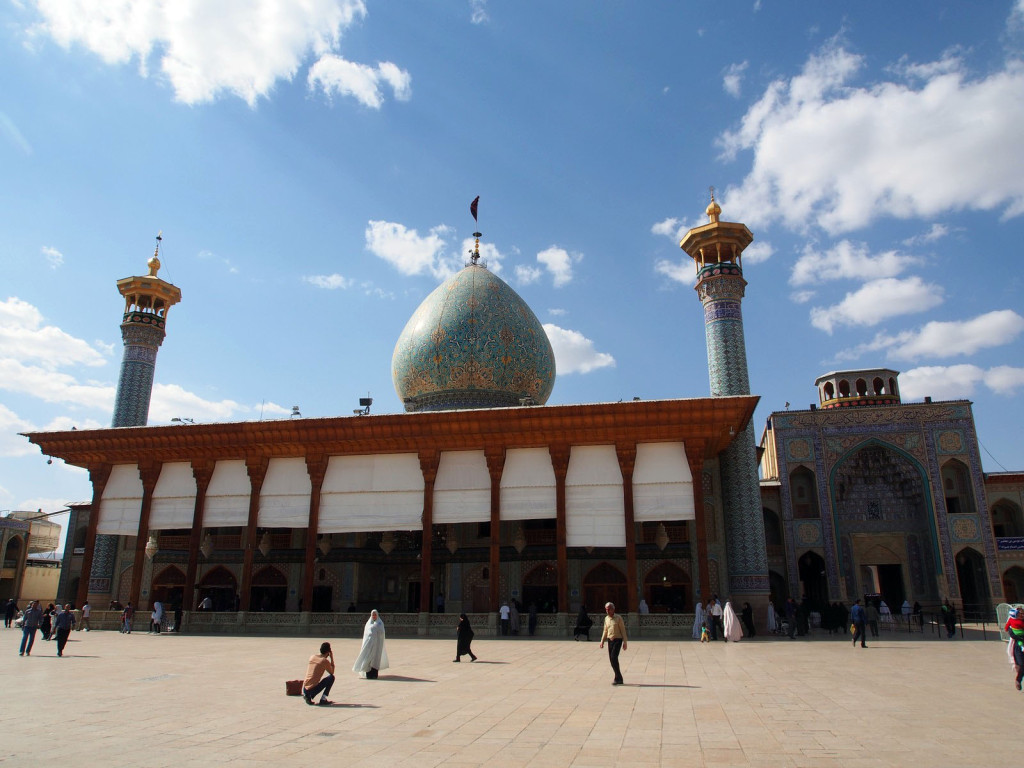
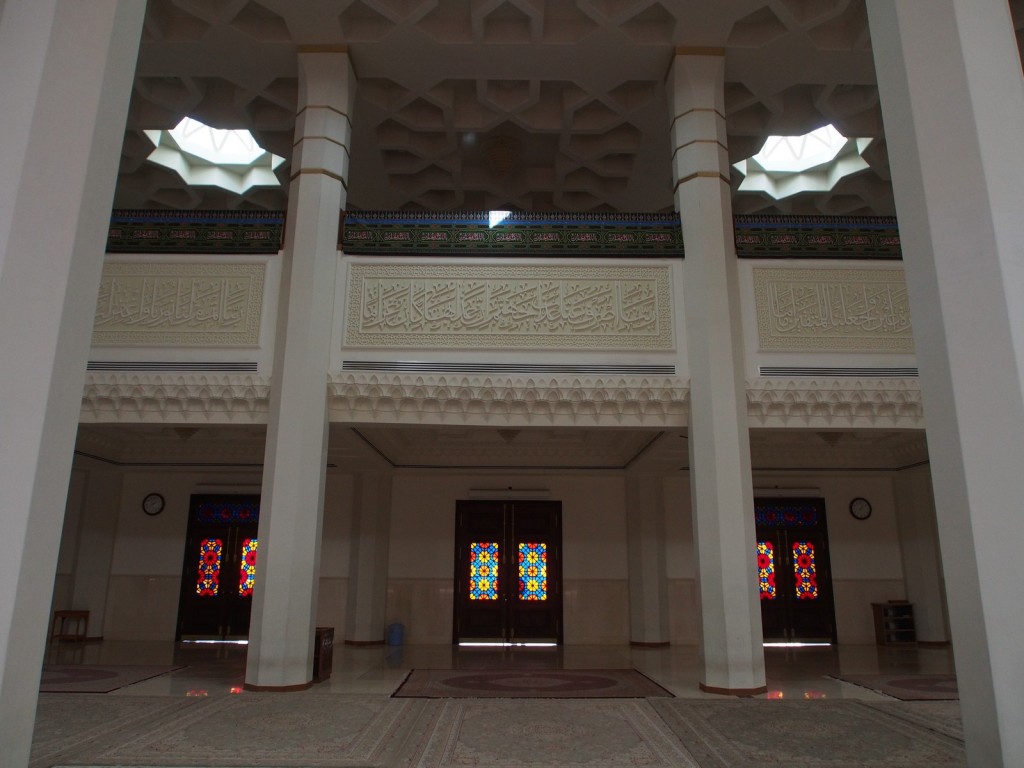
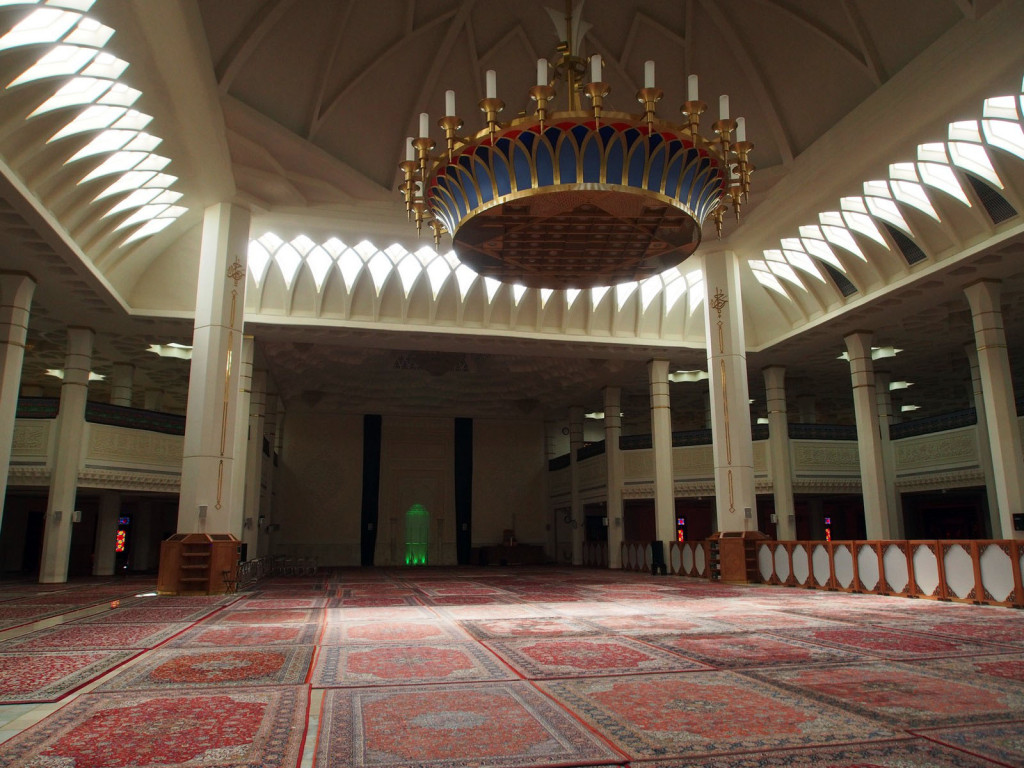
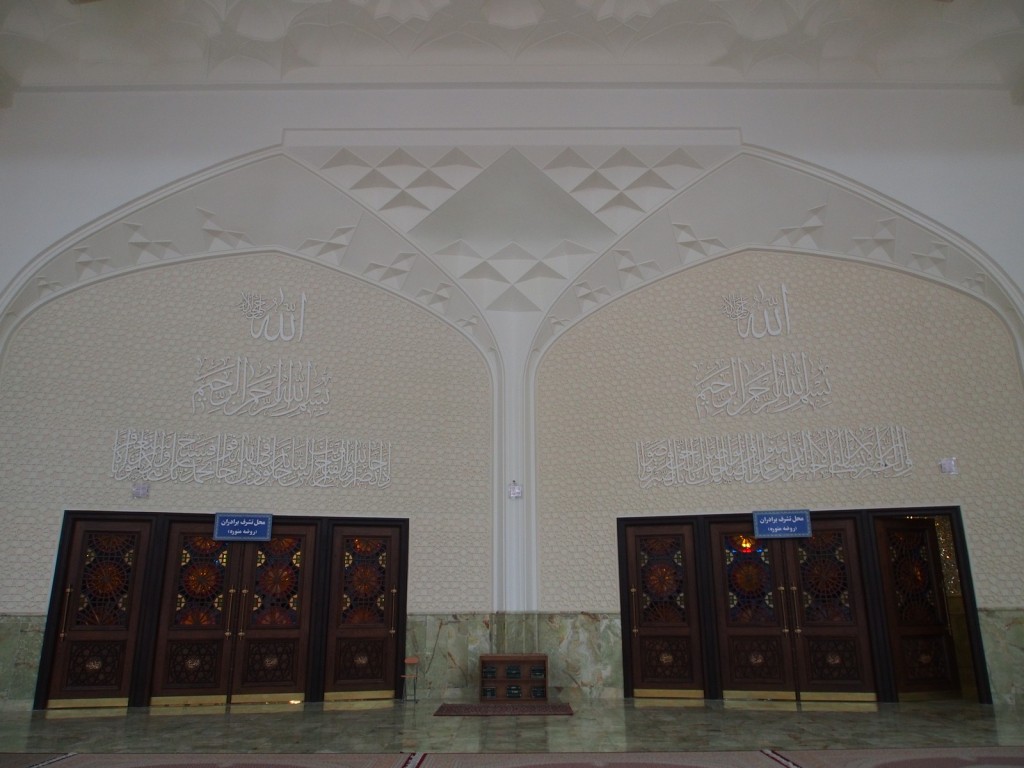
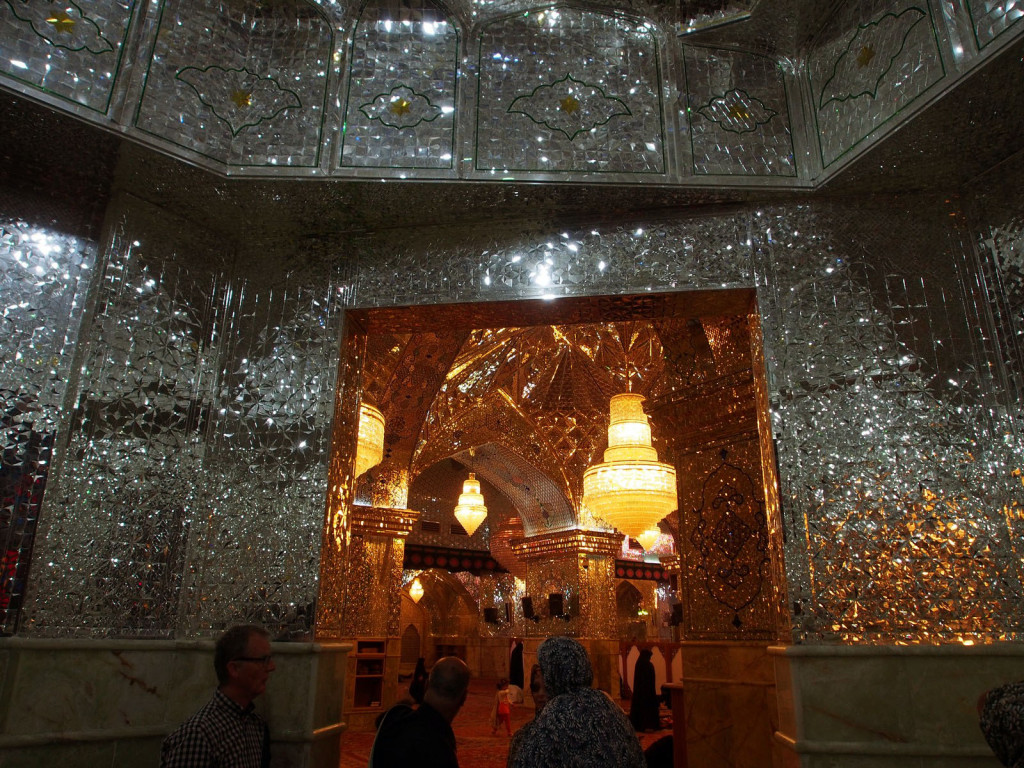
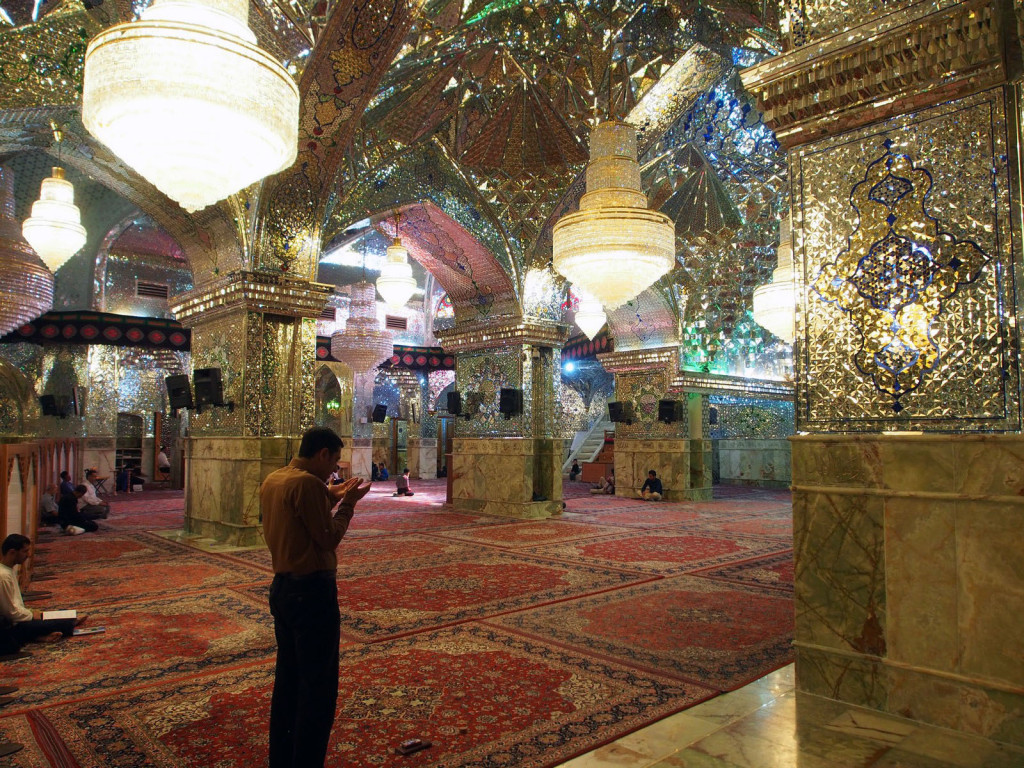
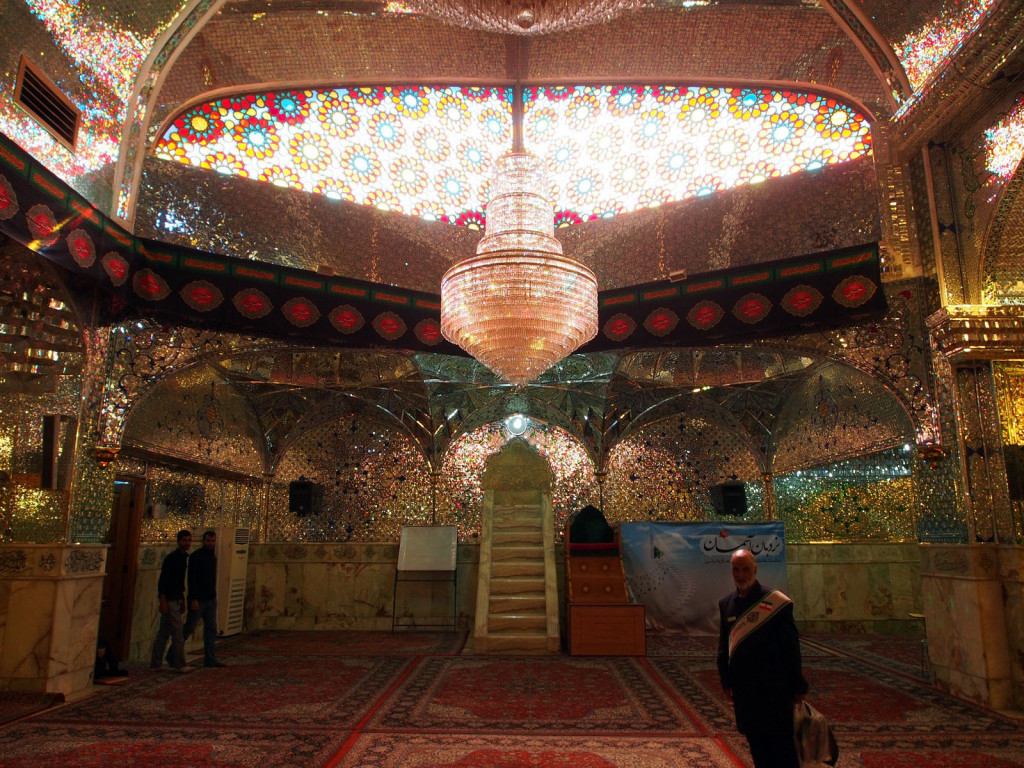
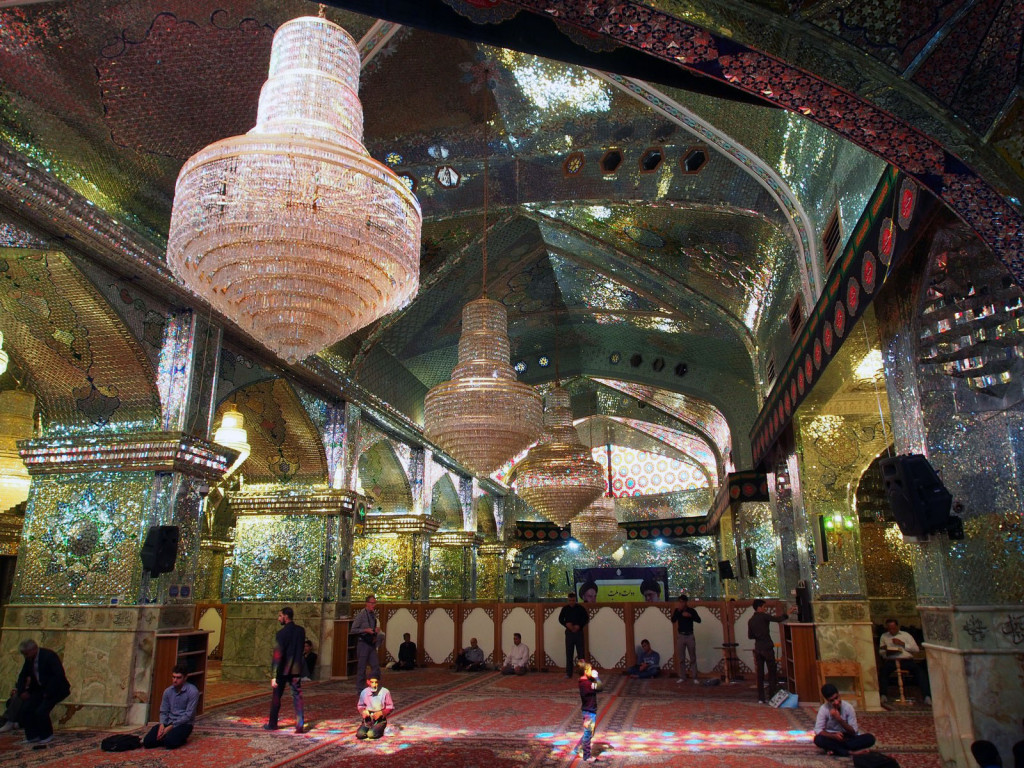
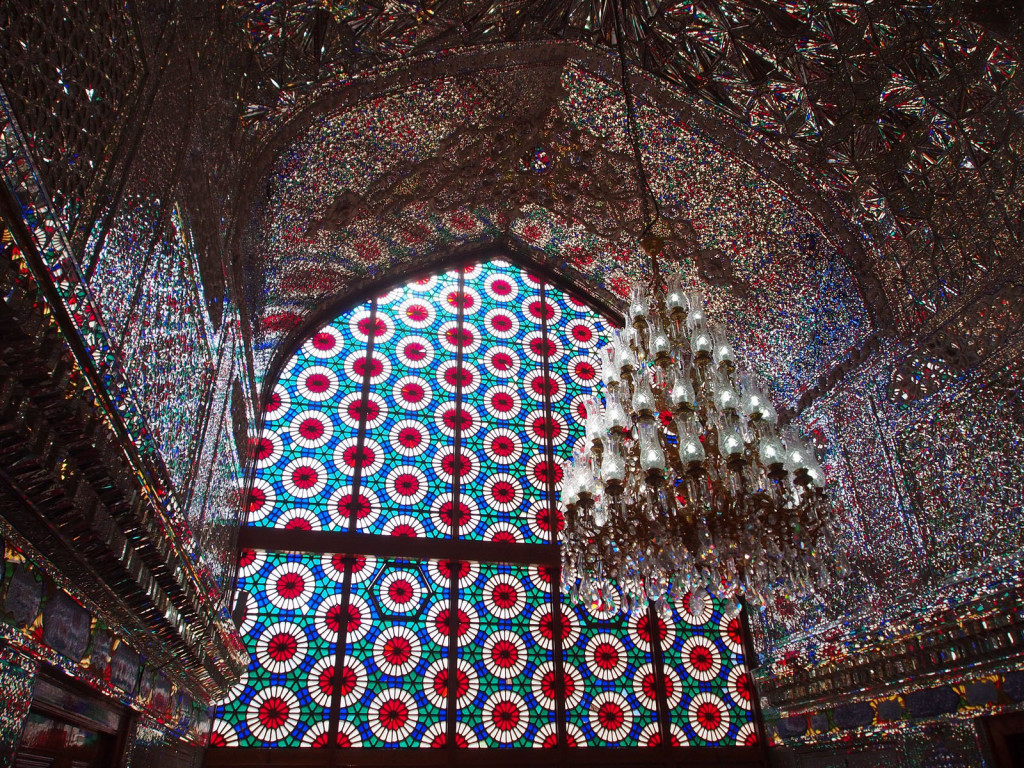

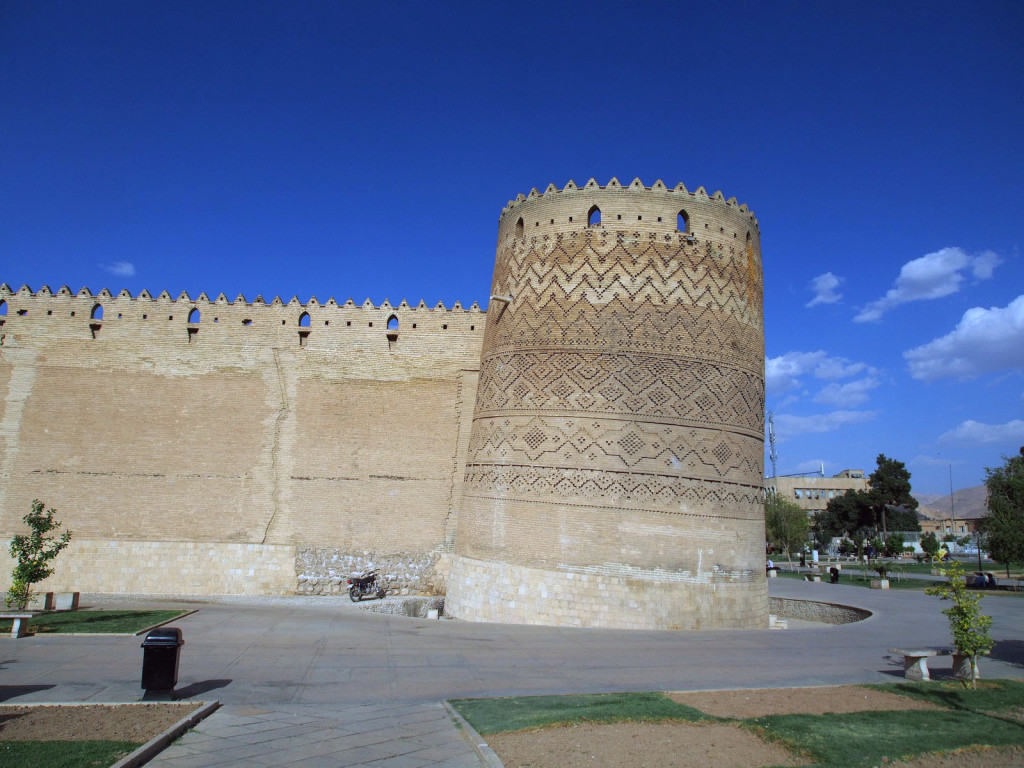
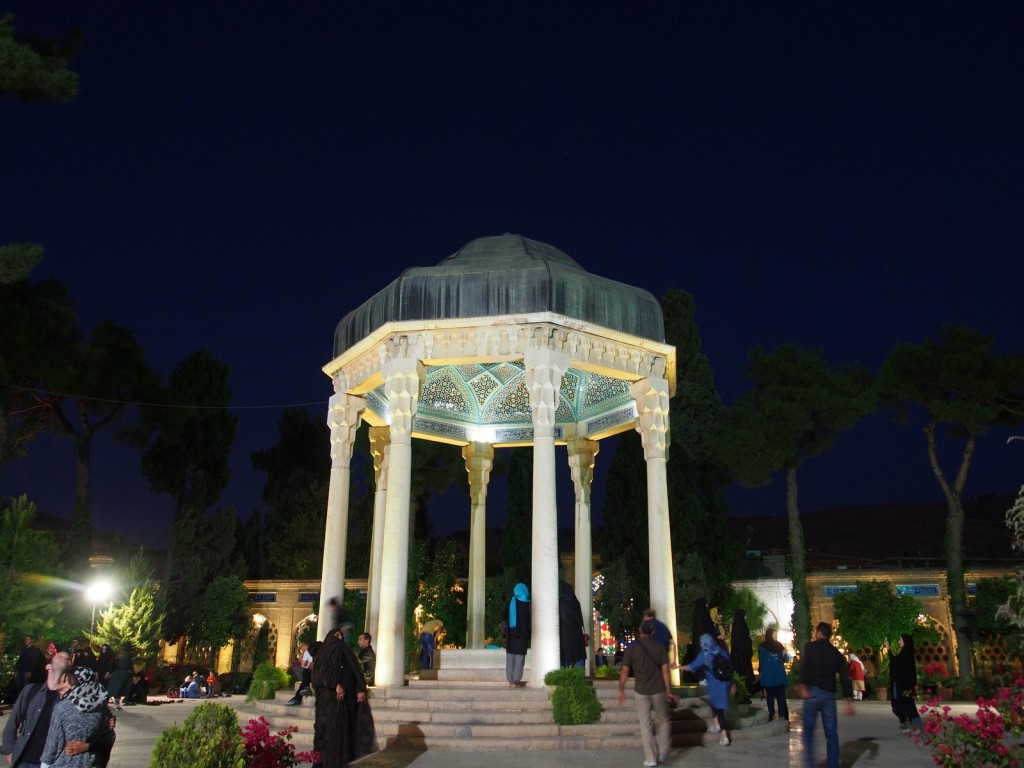
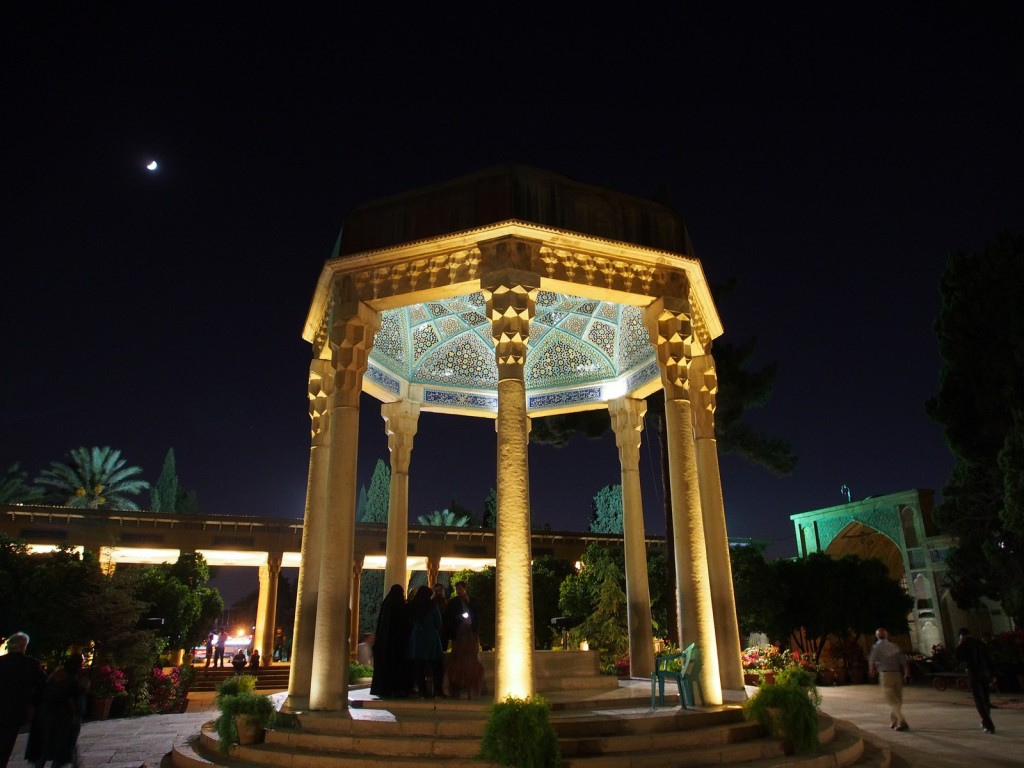
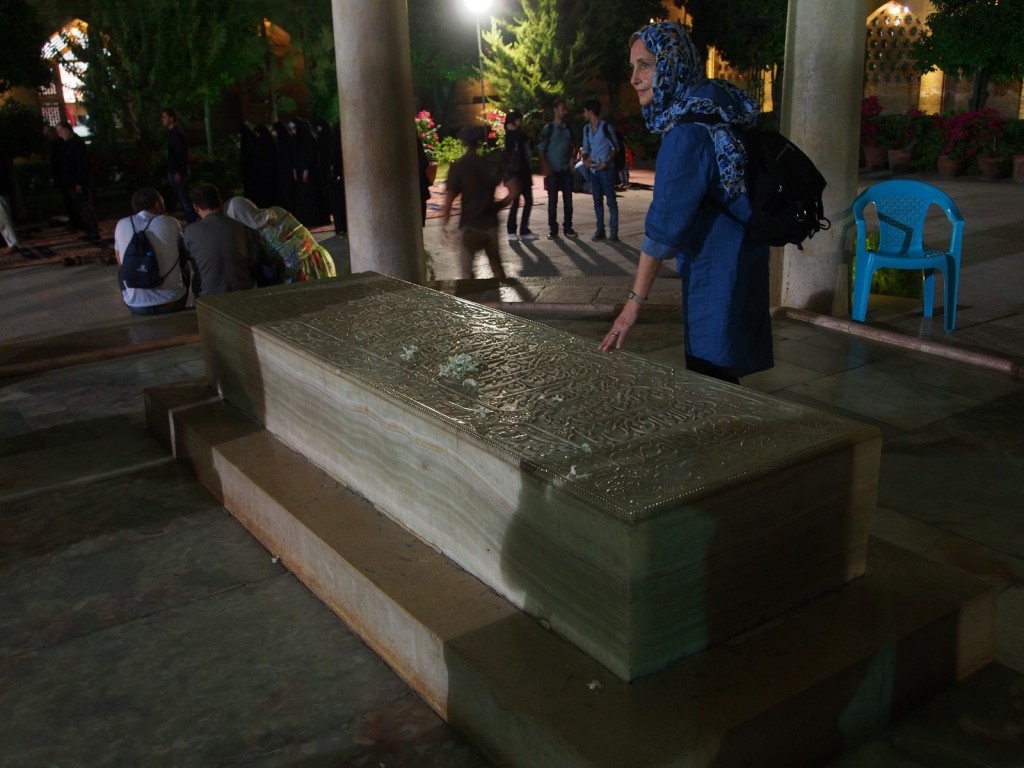
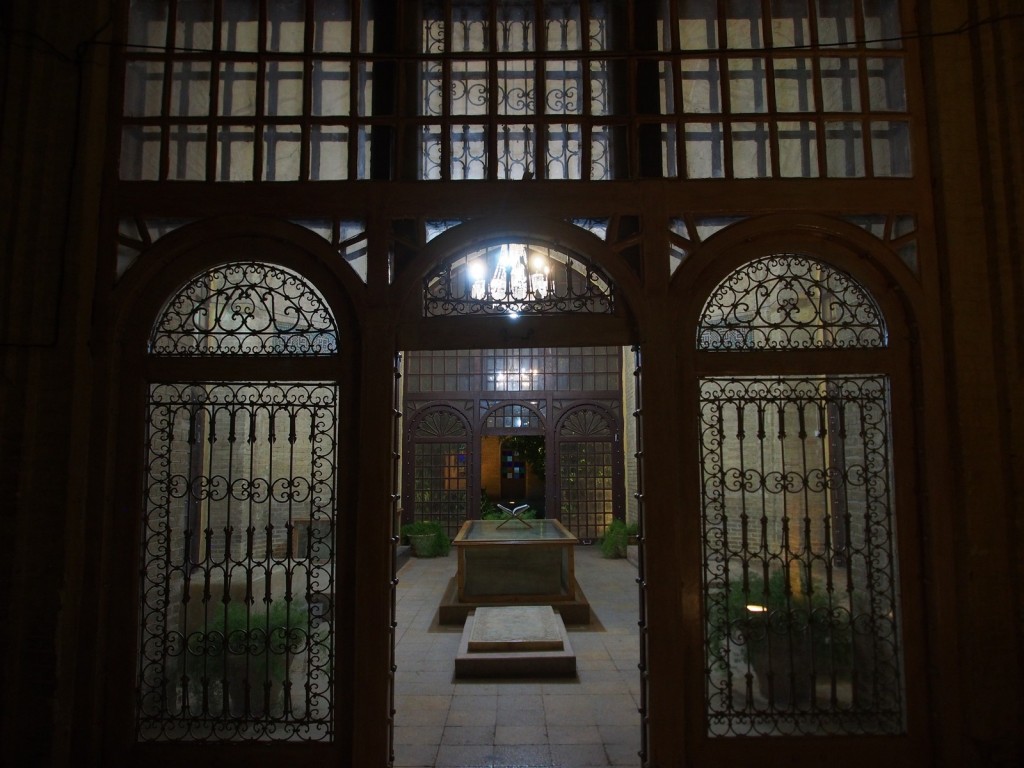
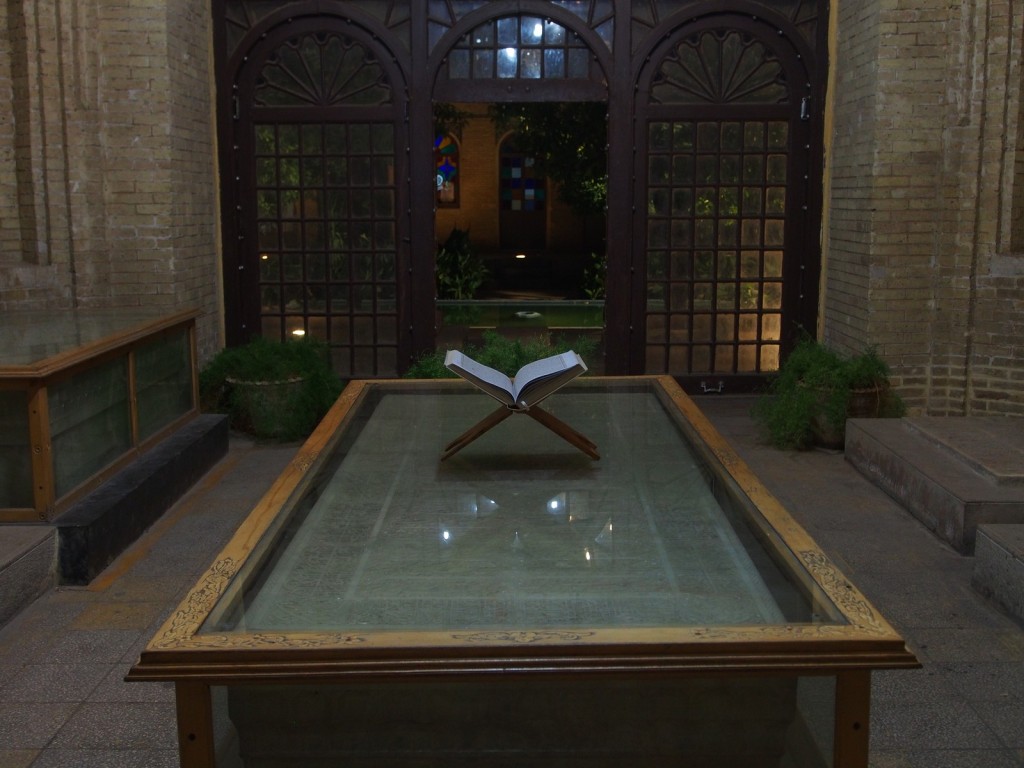
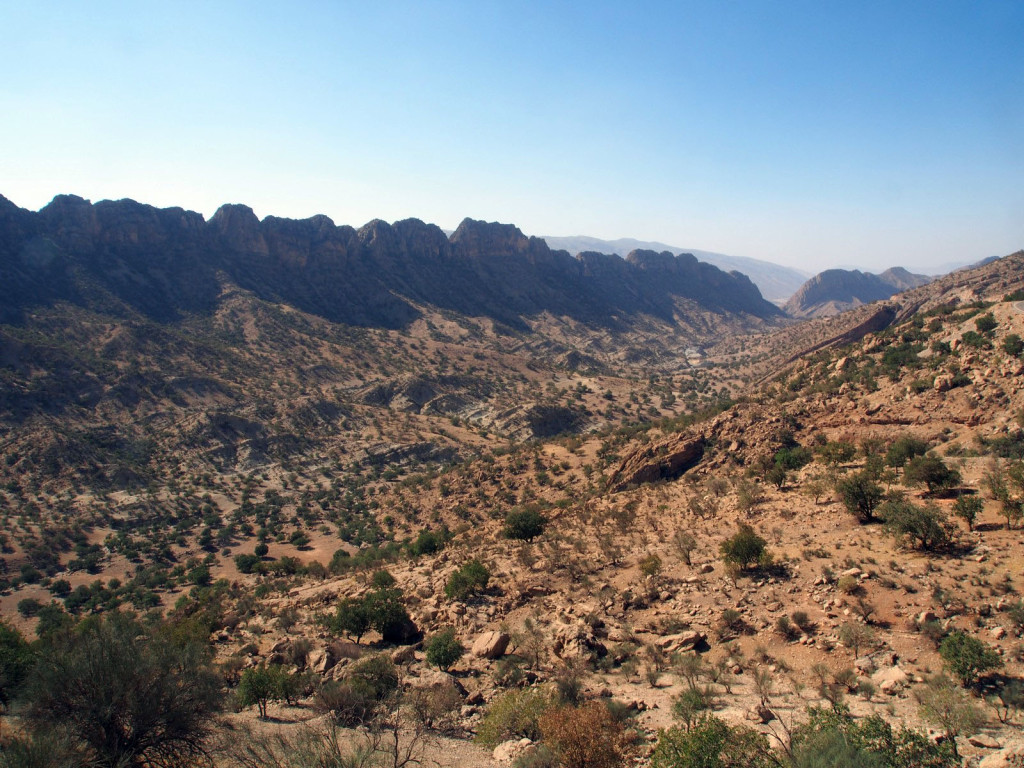
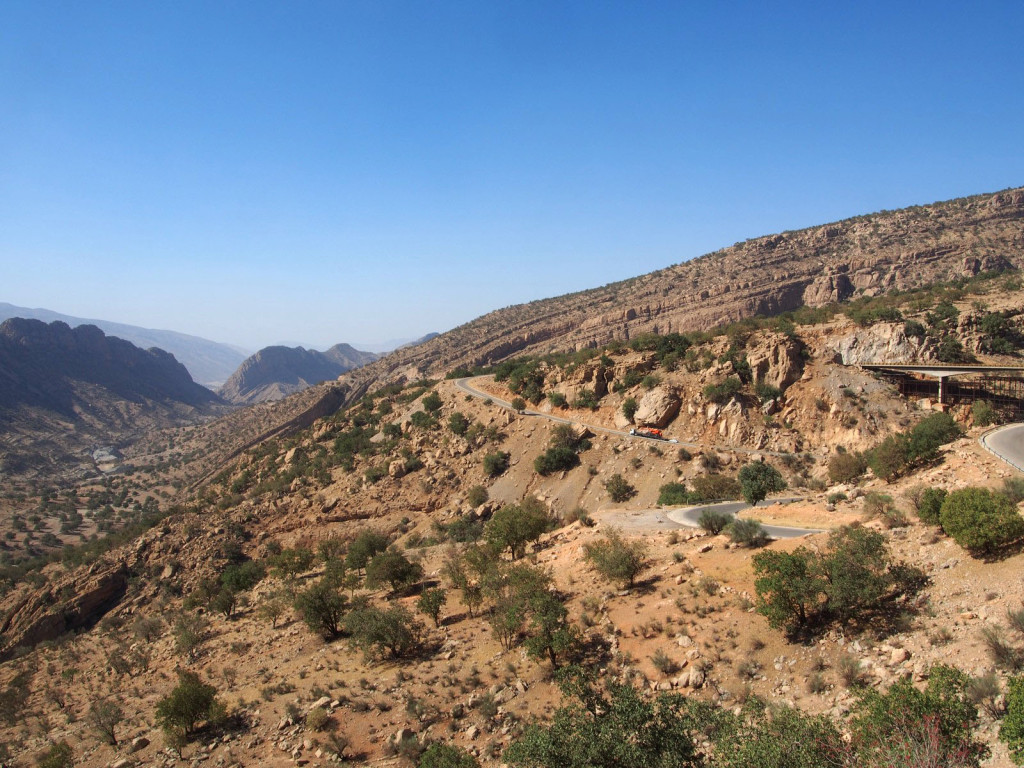
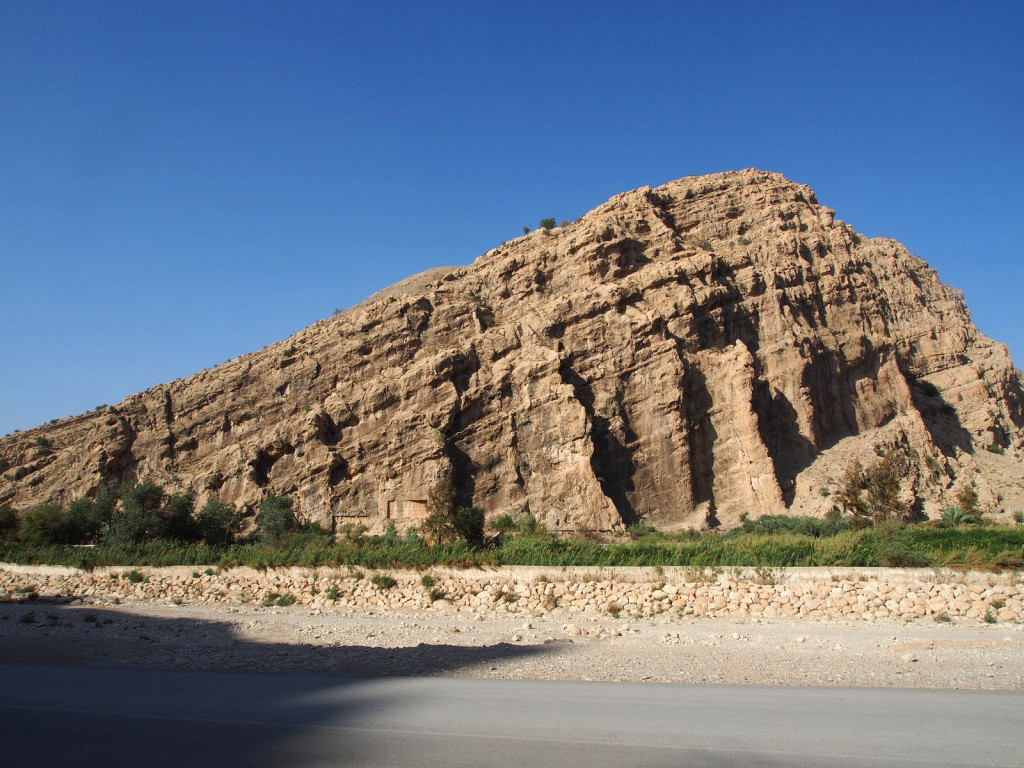
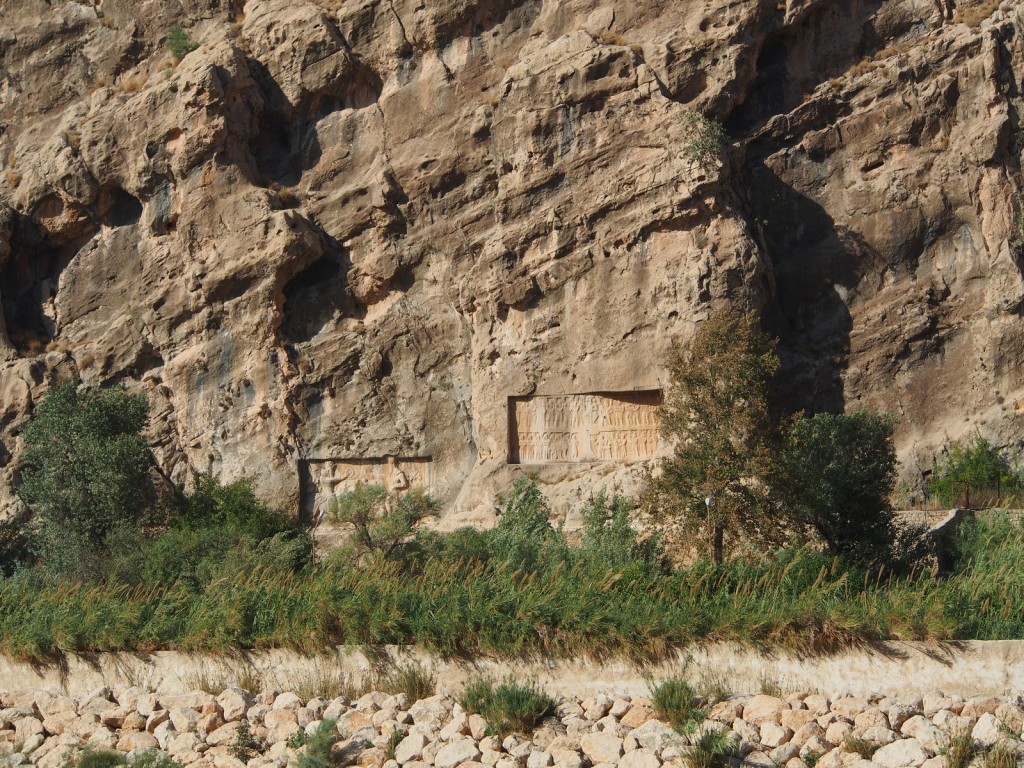
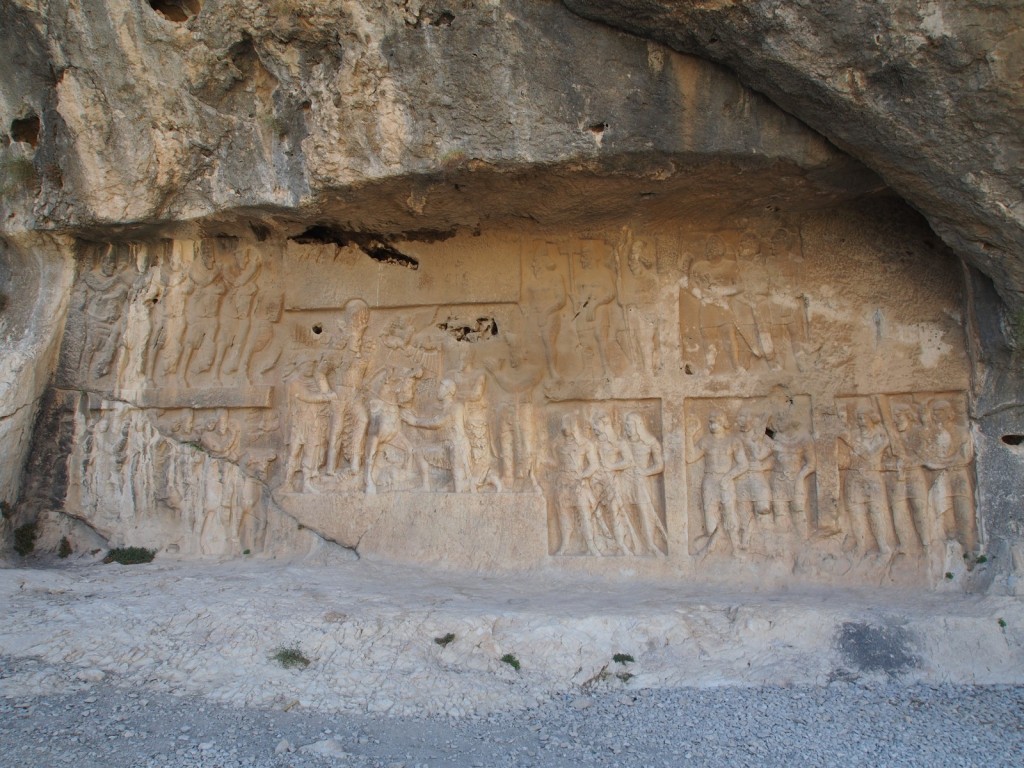
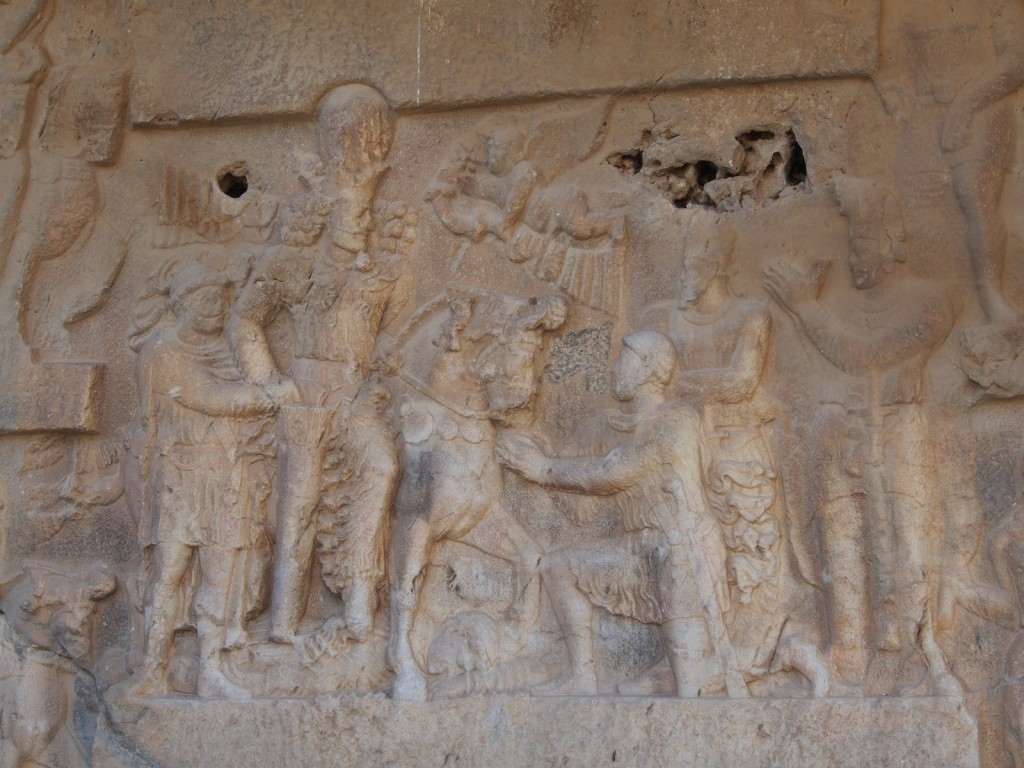
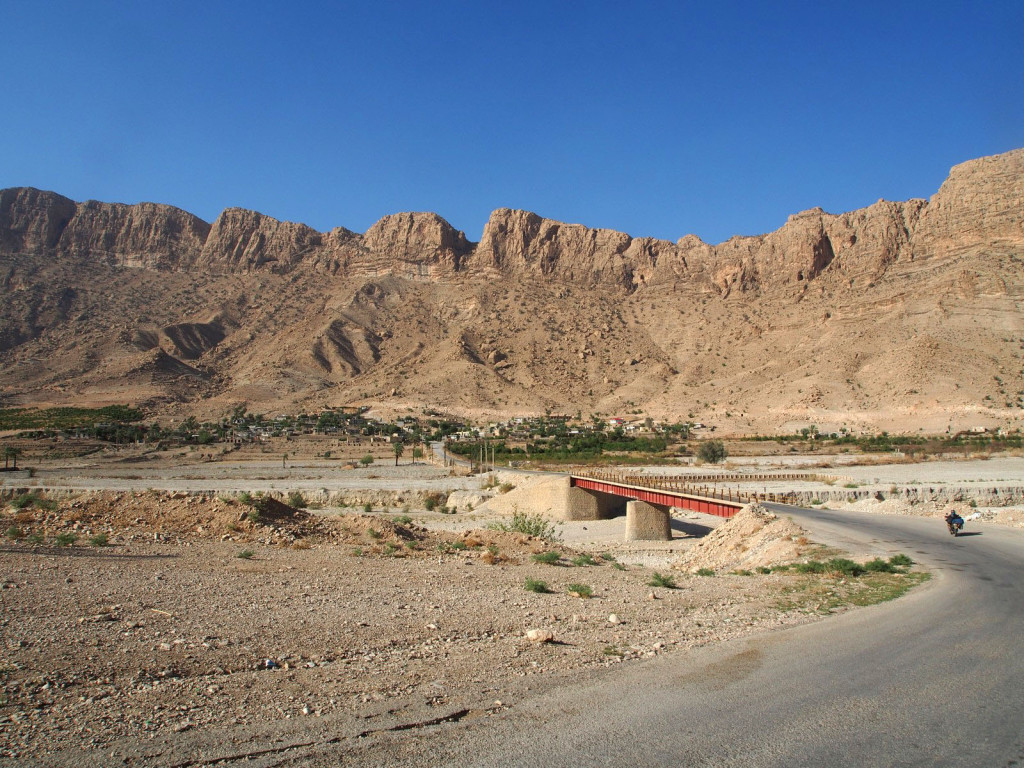
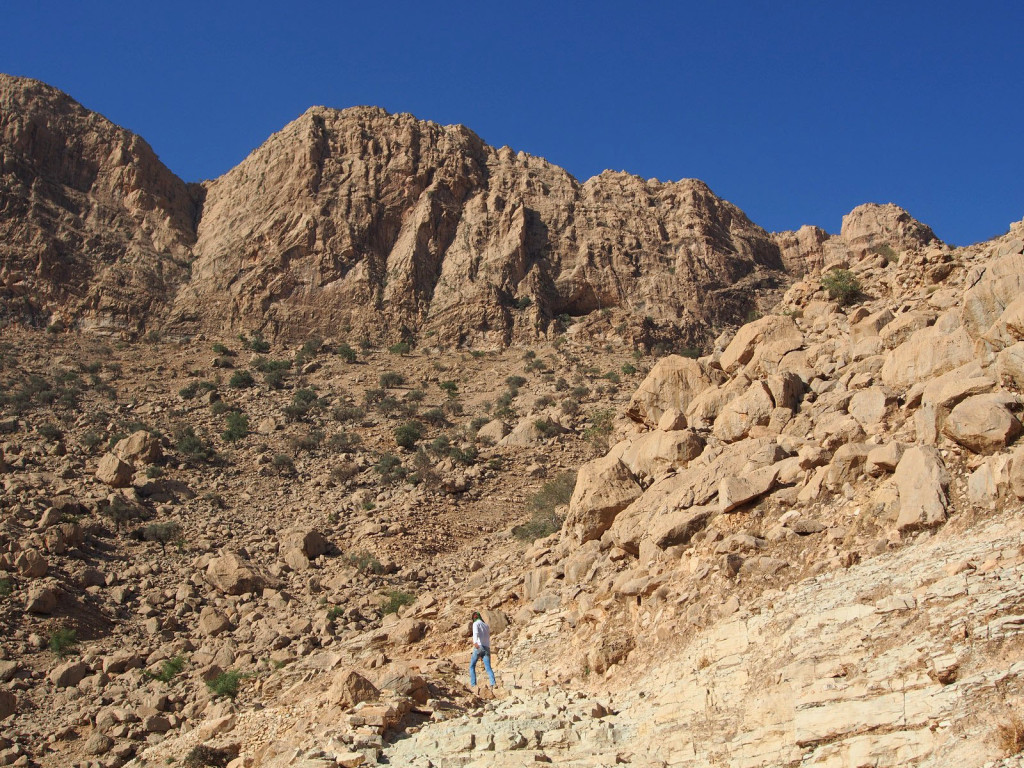
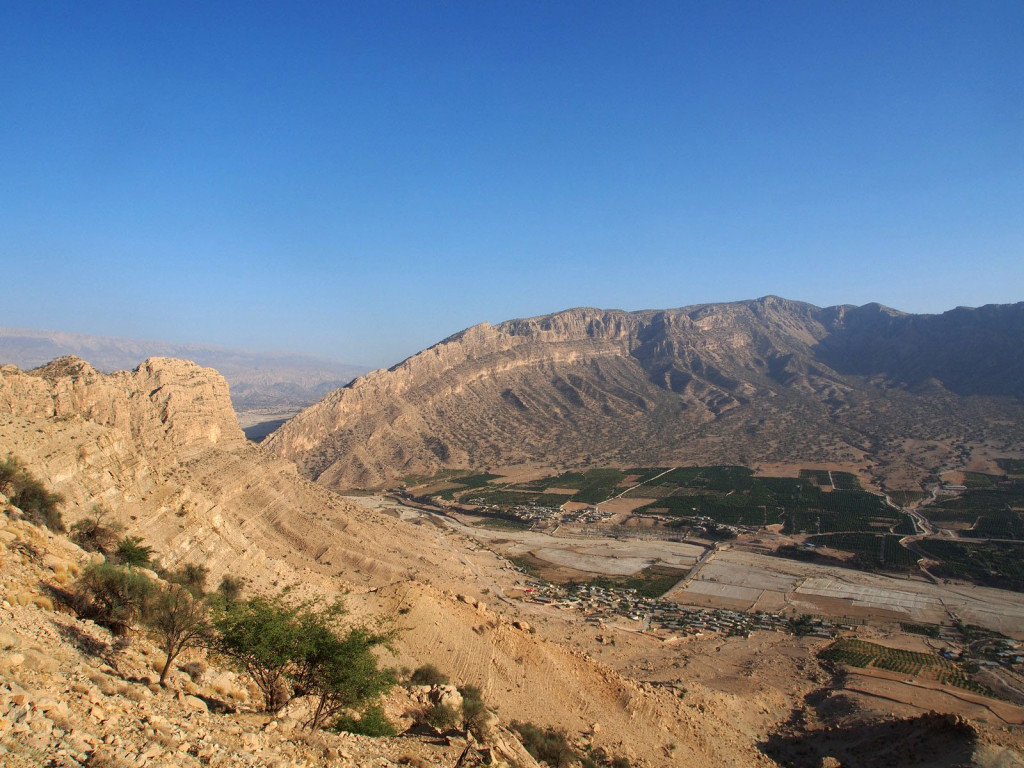
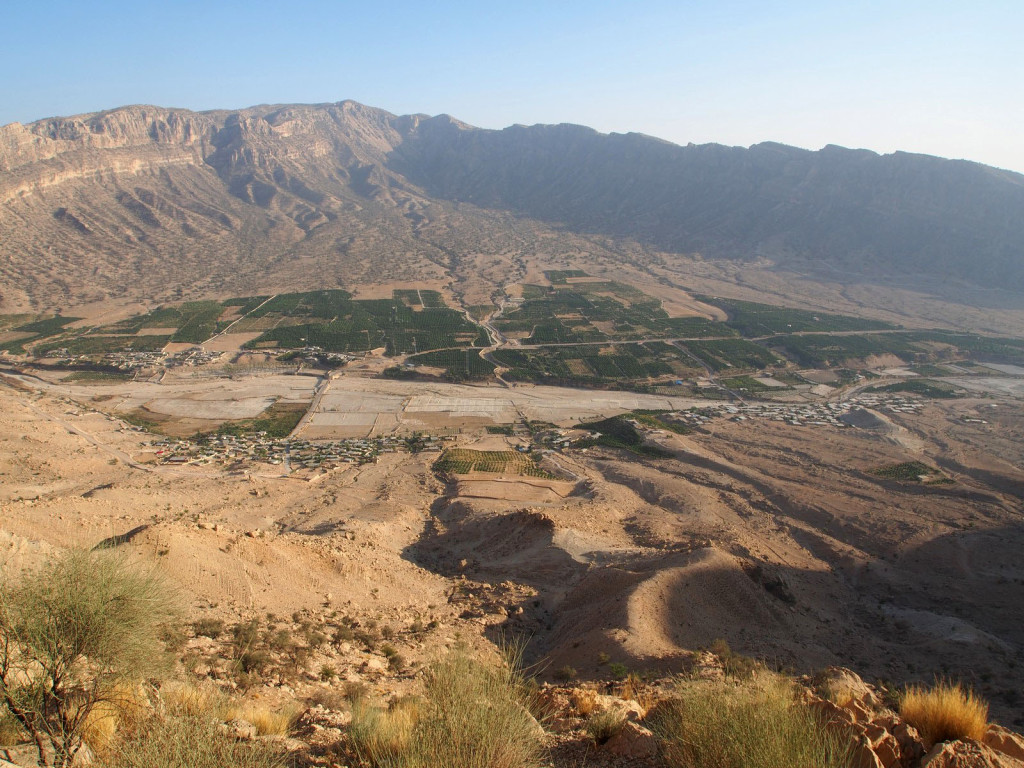
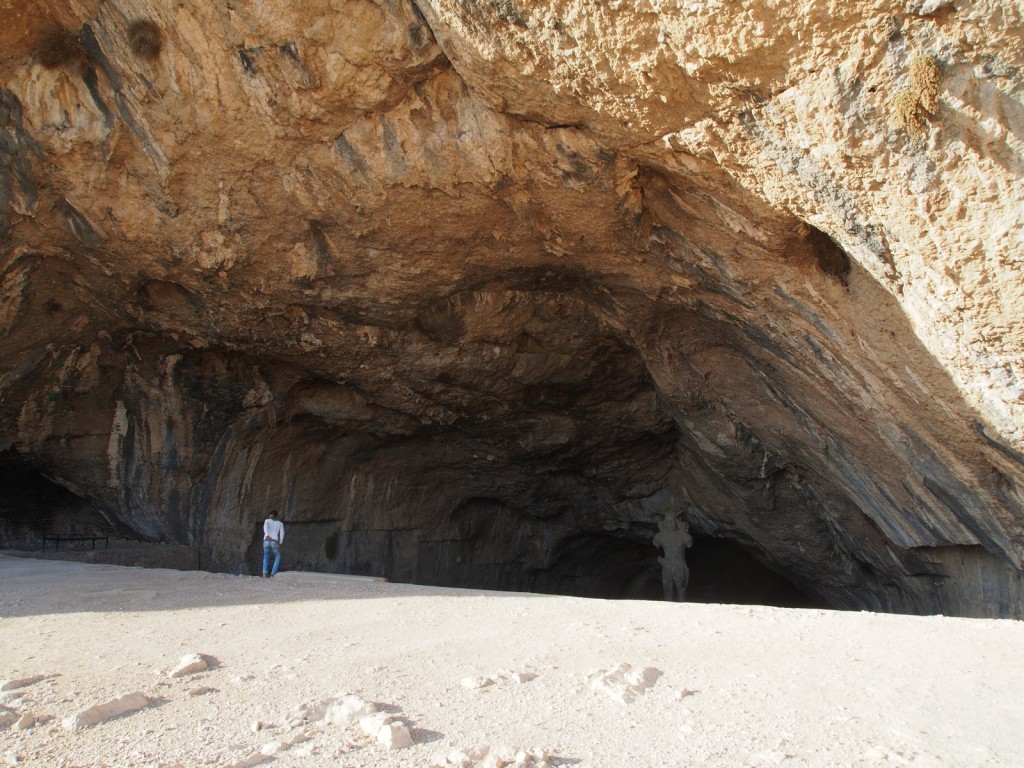

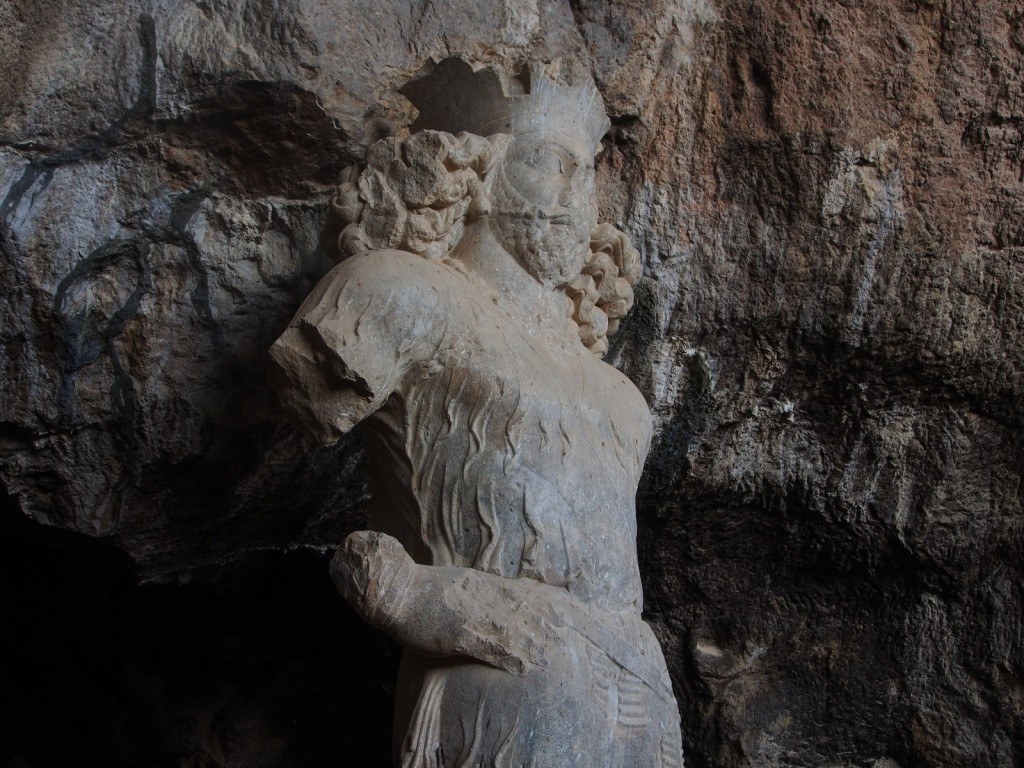
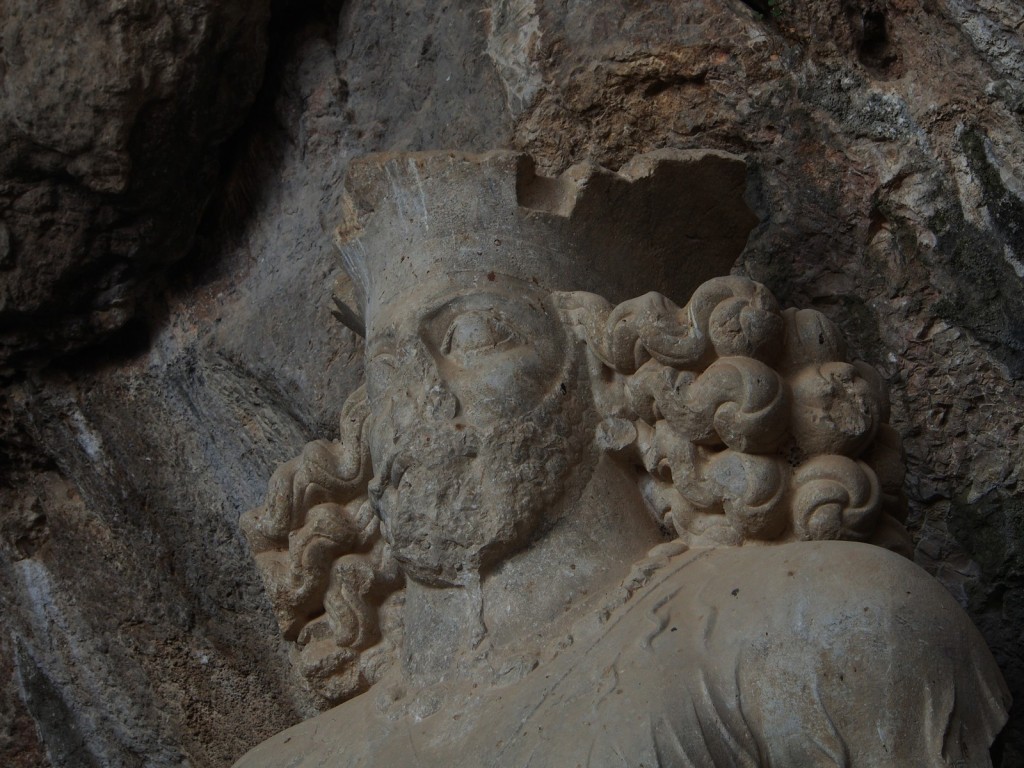
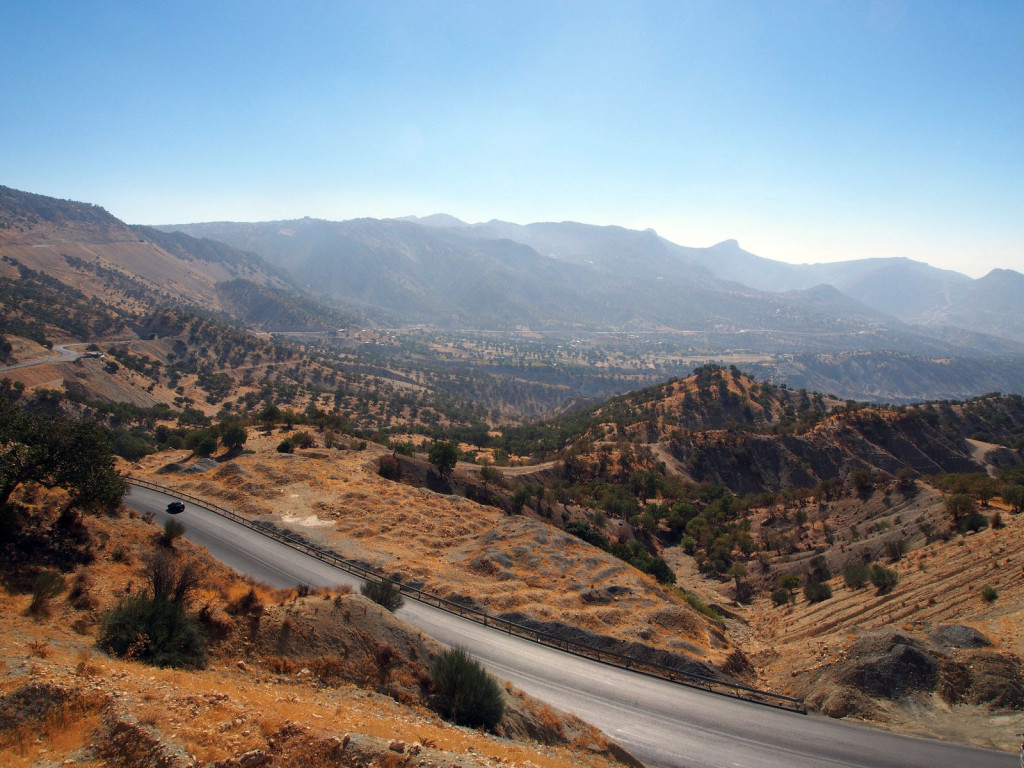
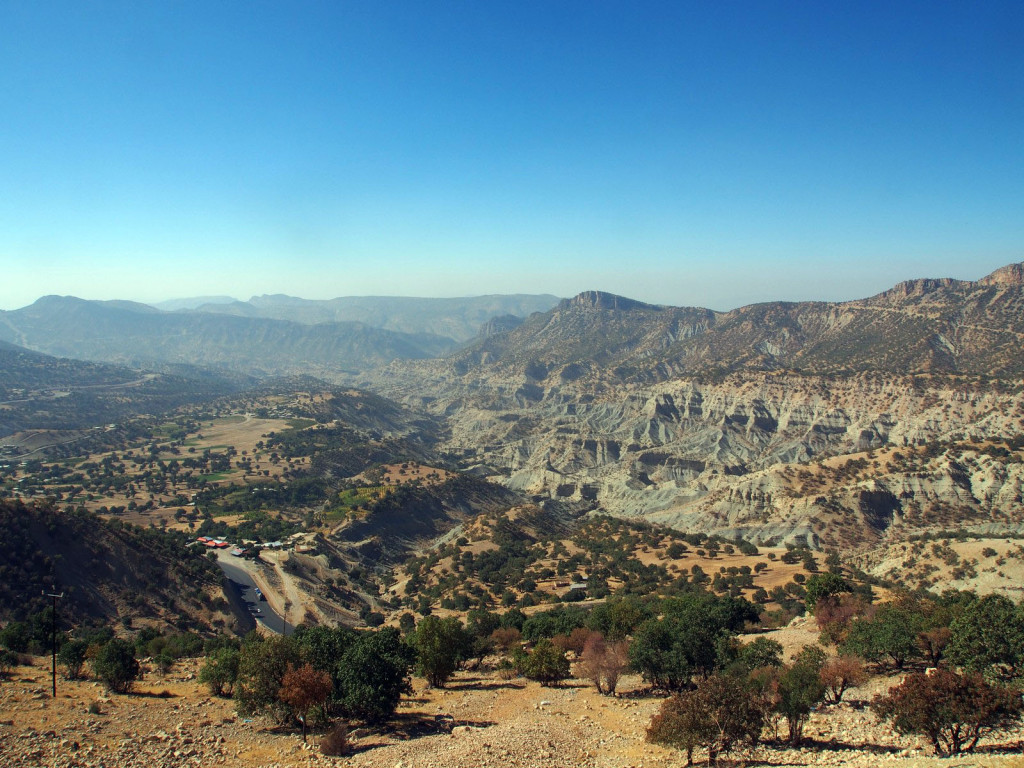
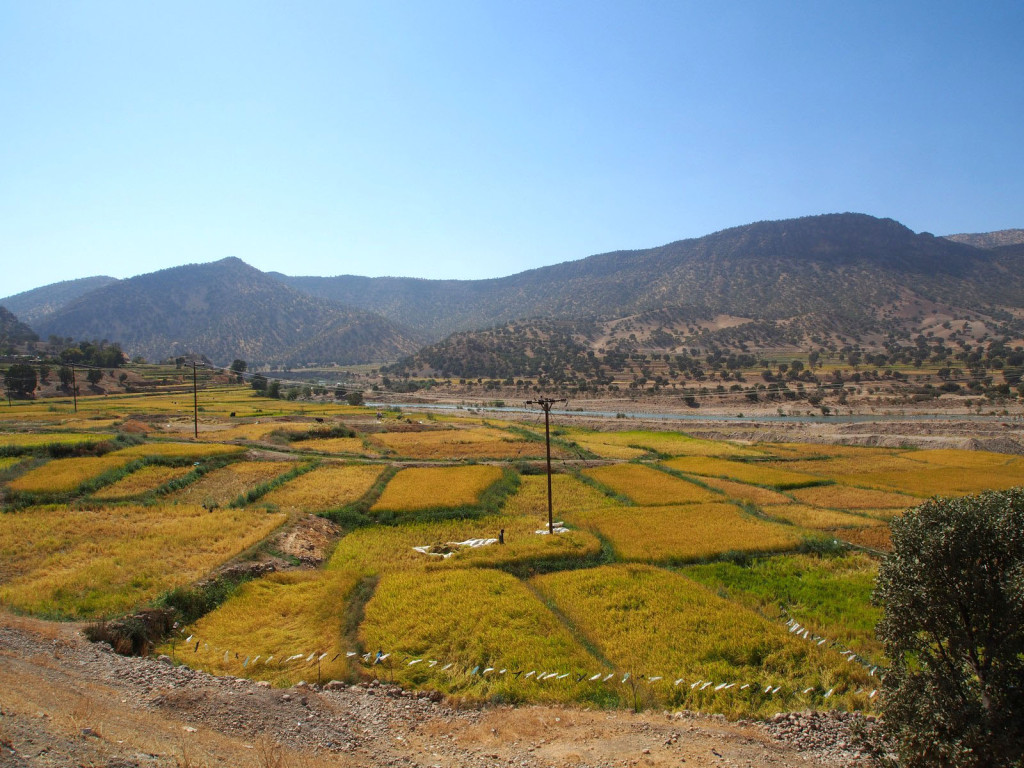
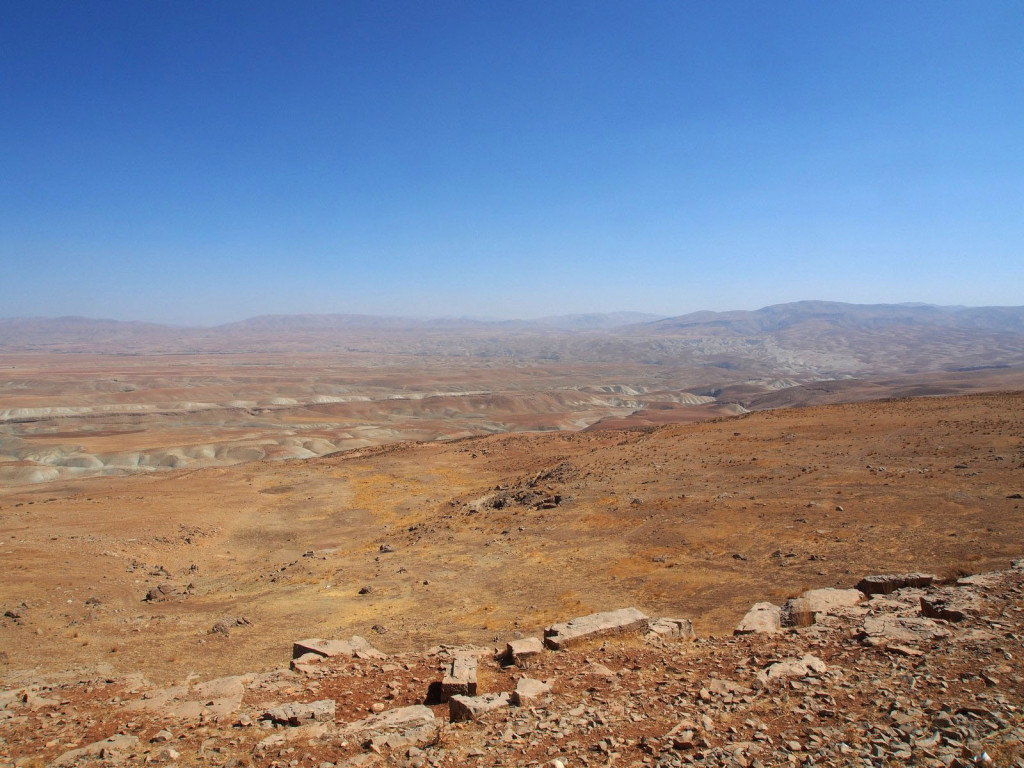
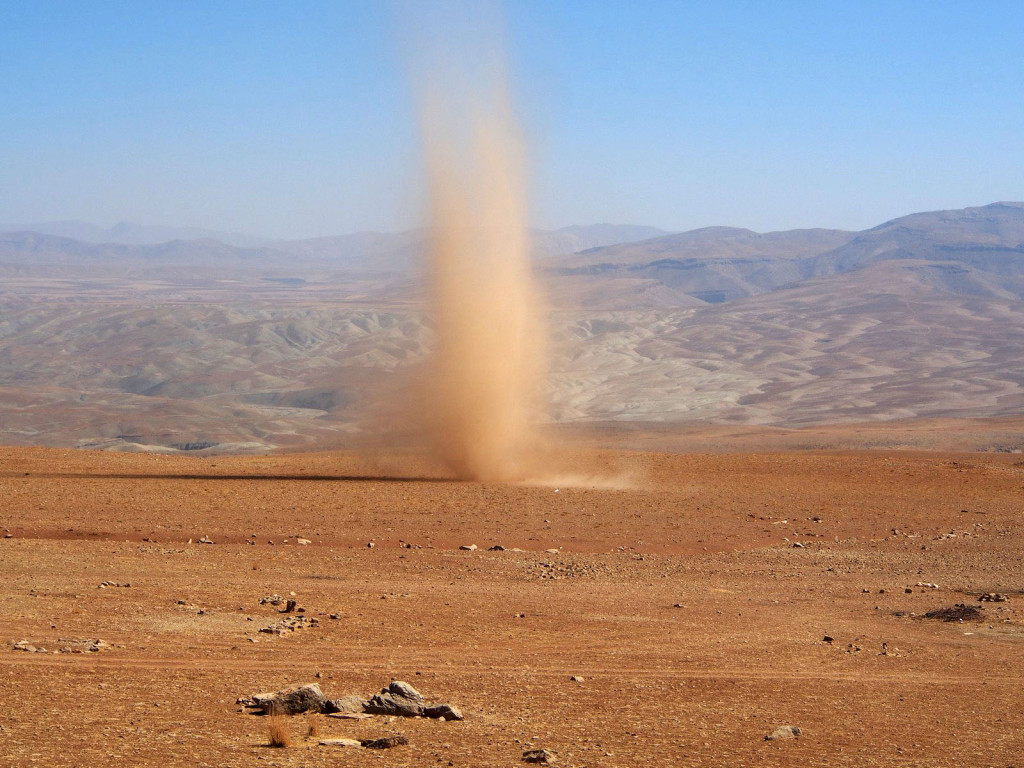
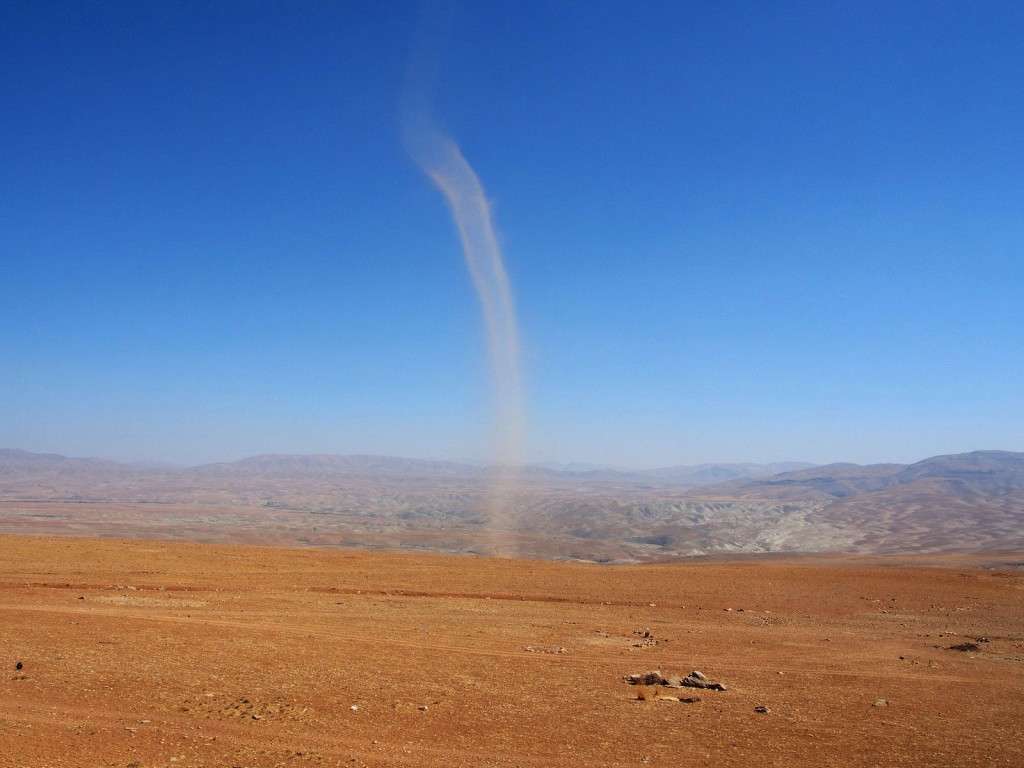
Very interesting journey, thanks for sharing your trip. I hope to read more from you.